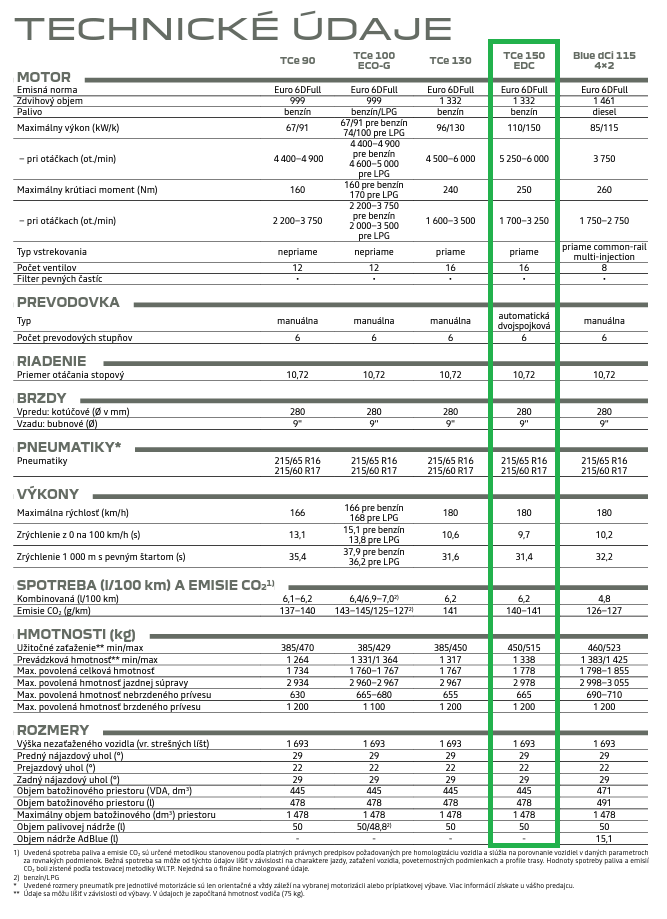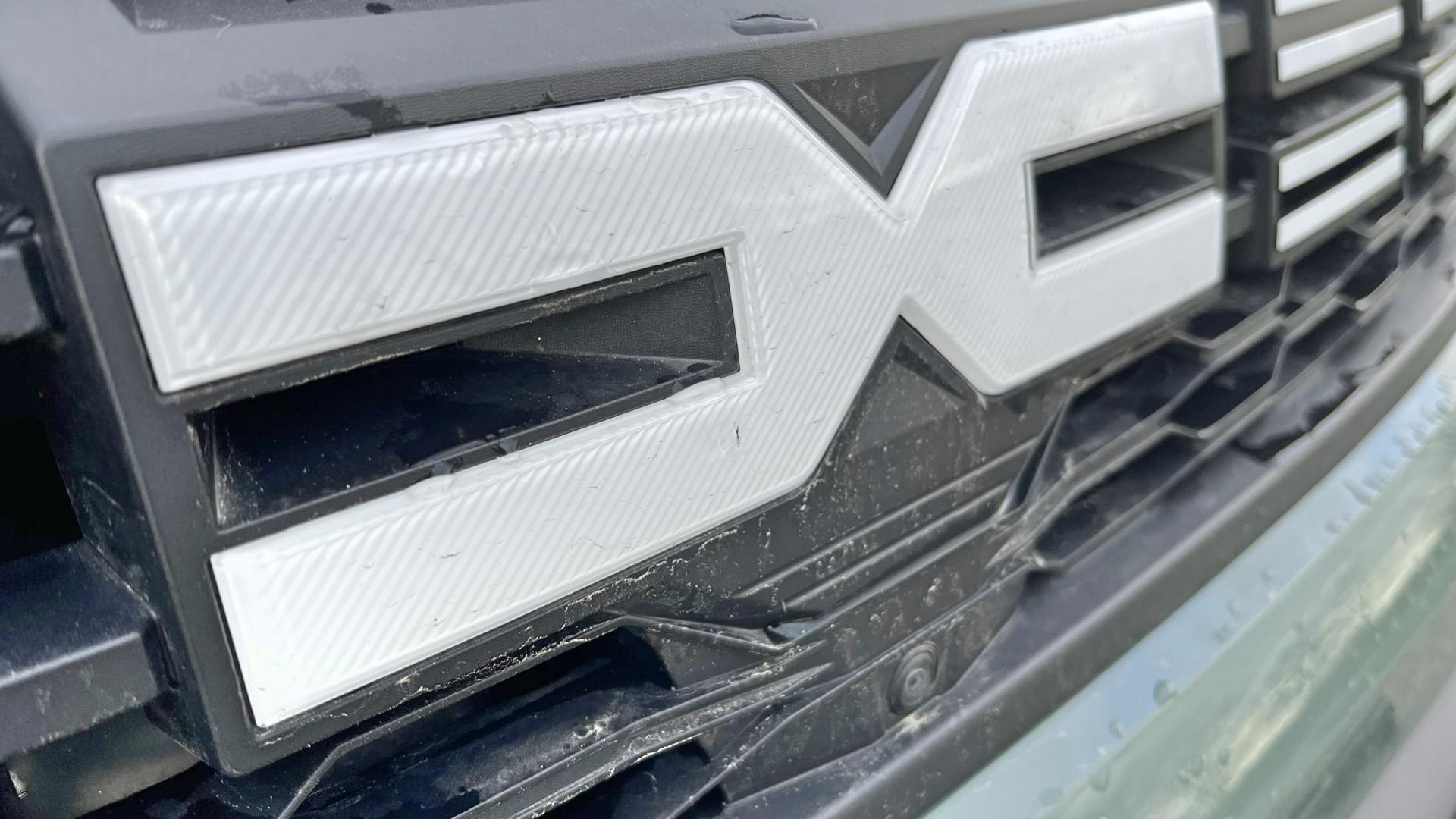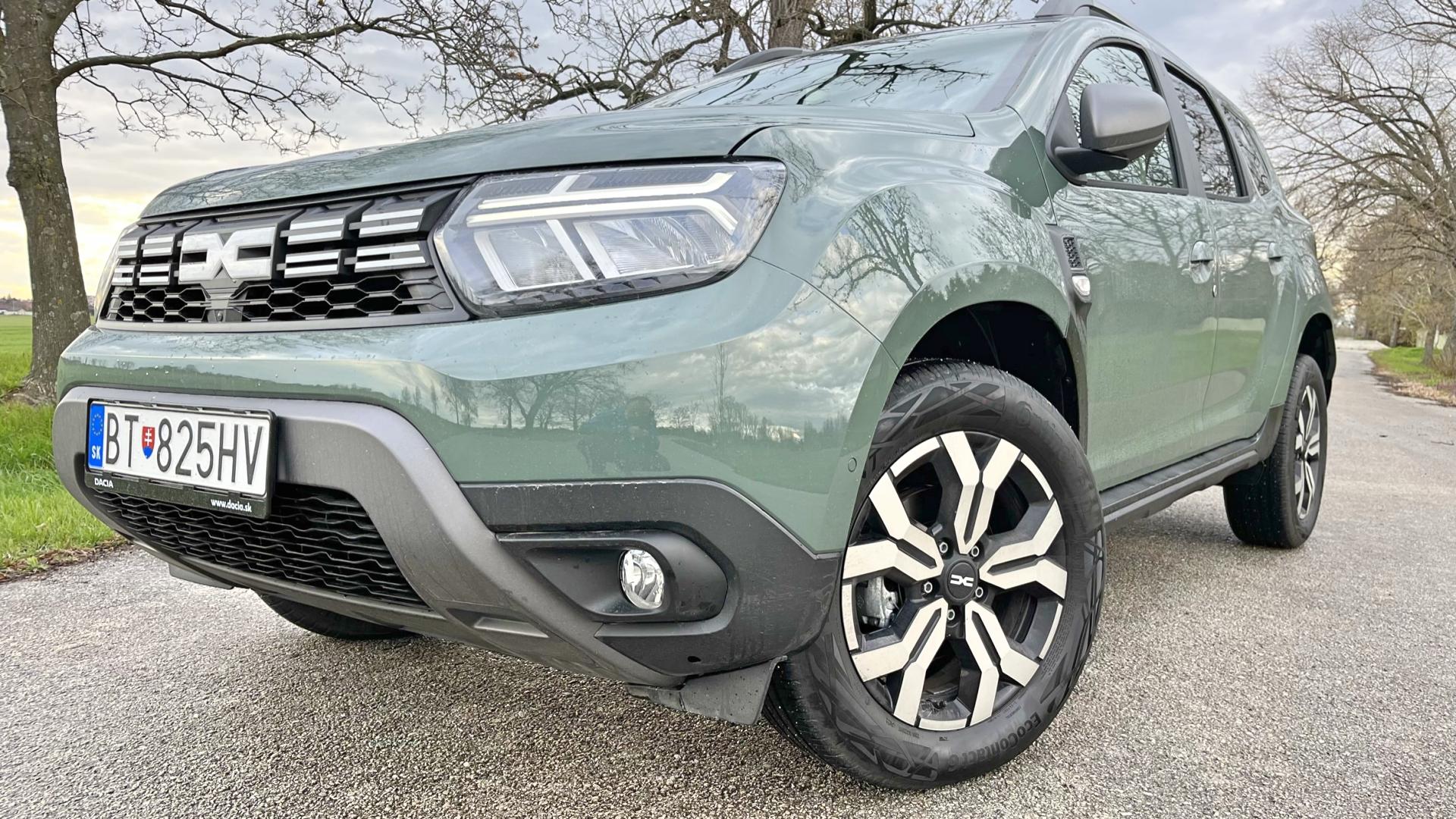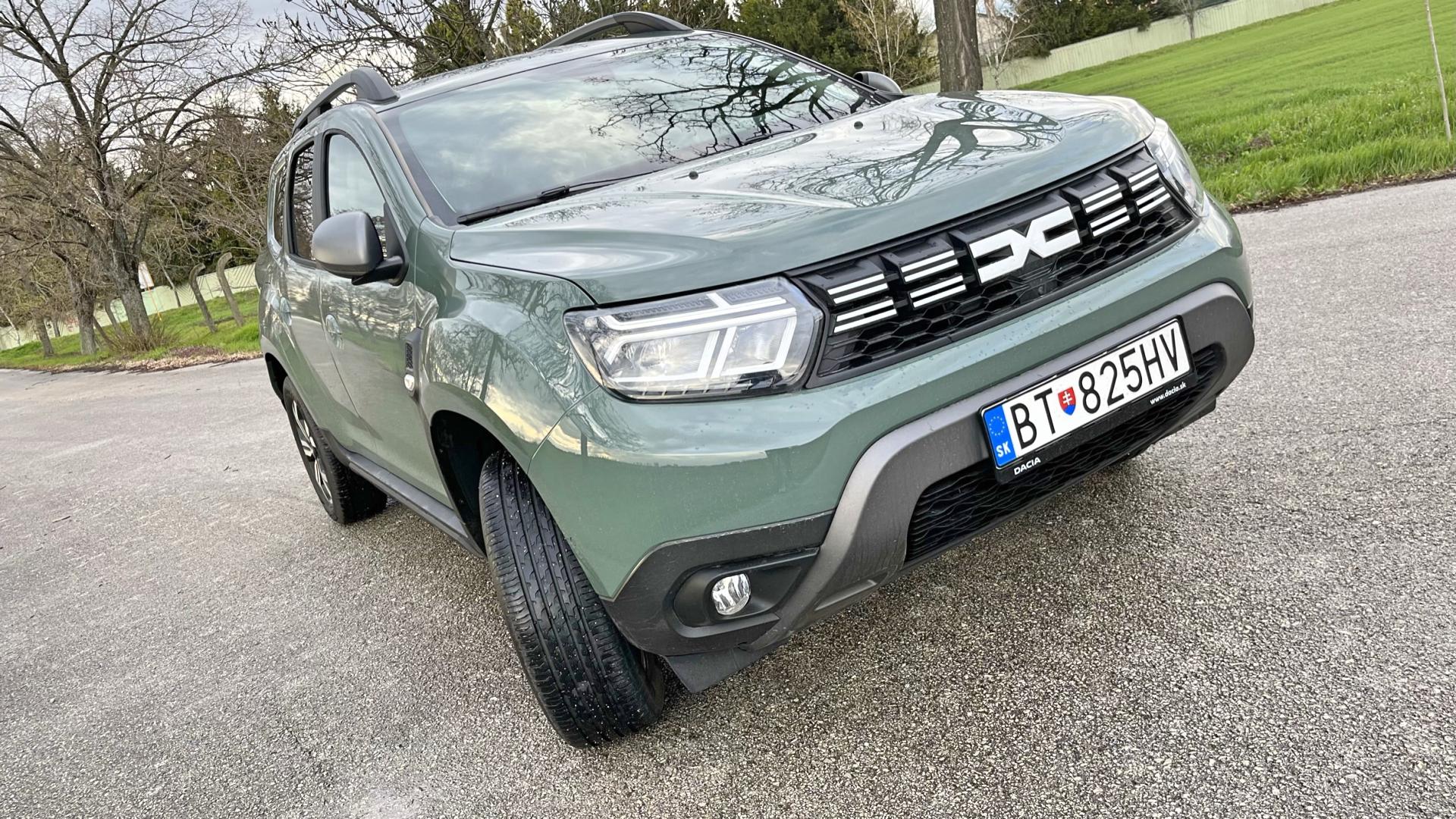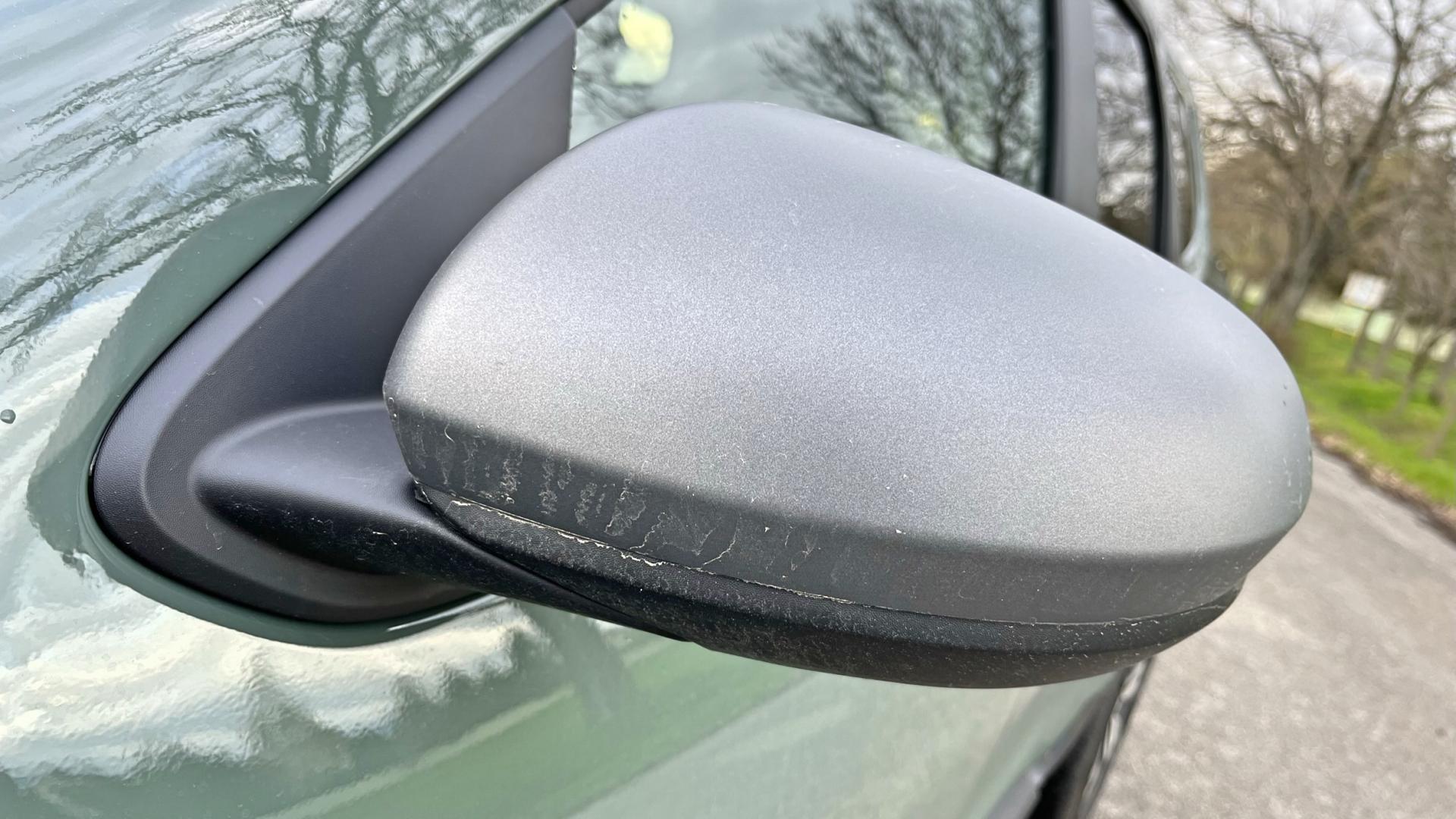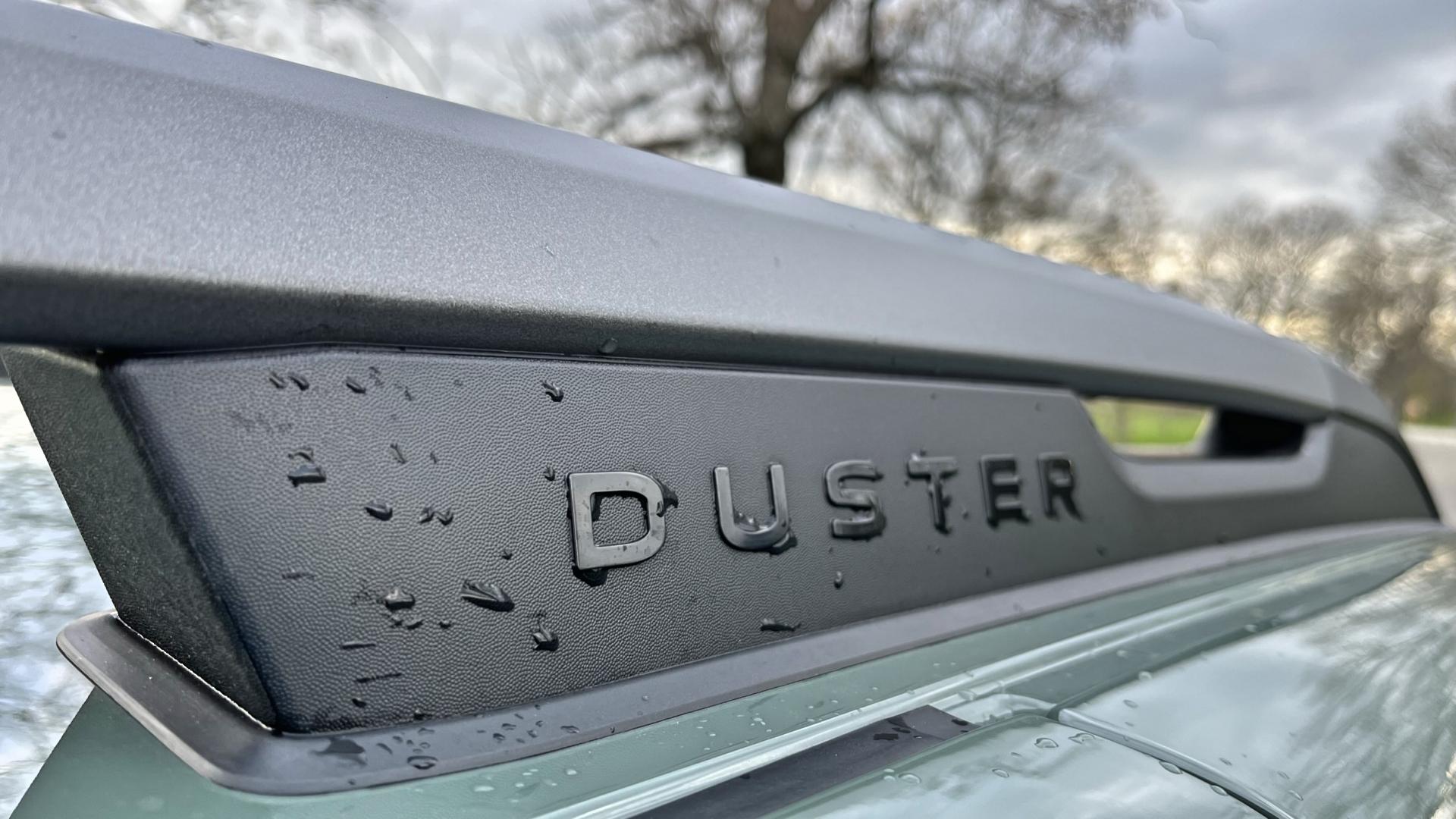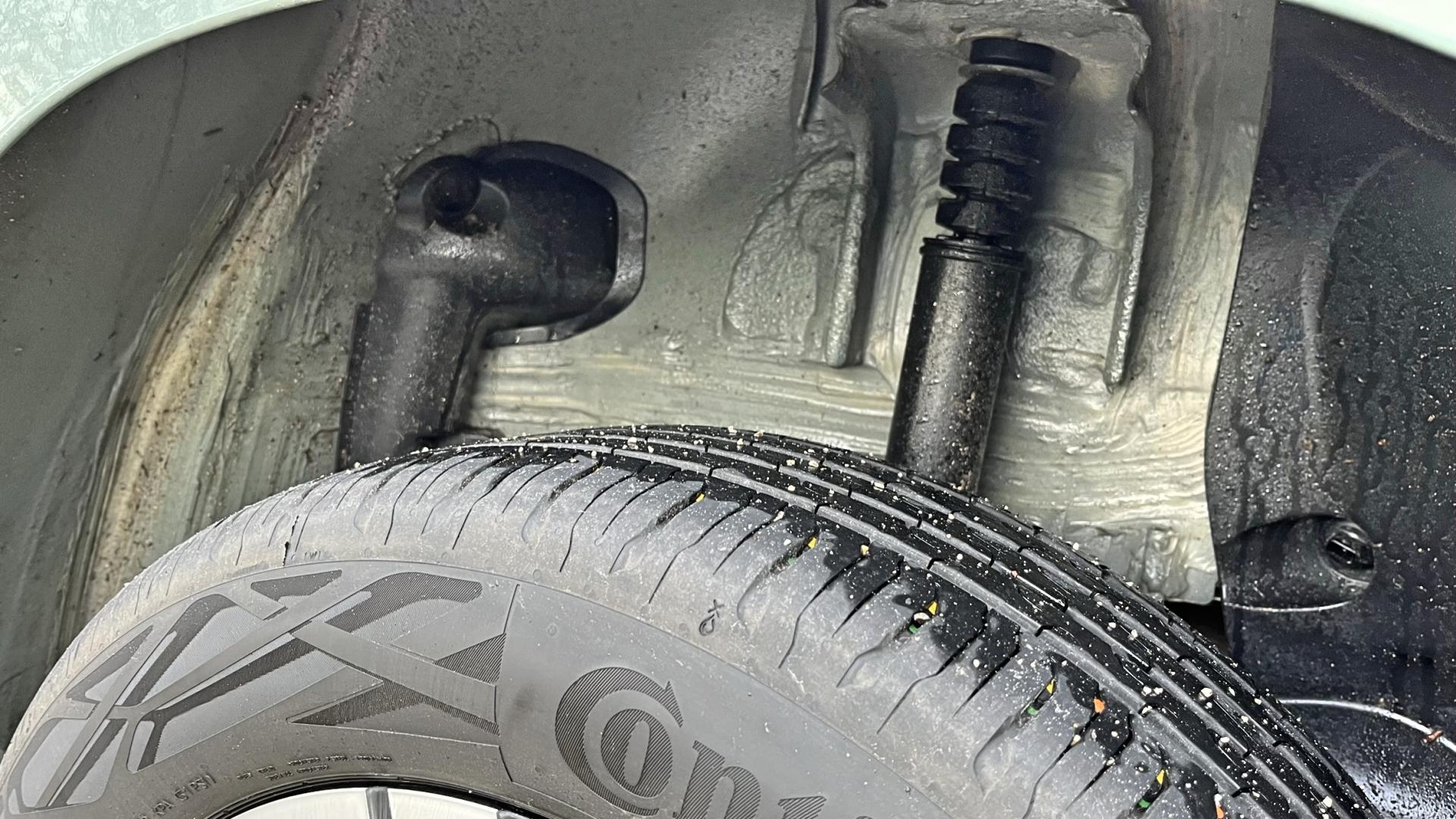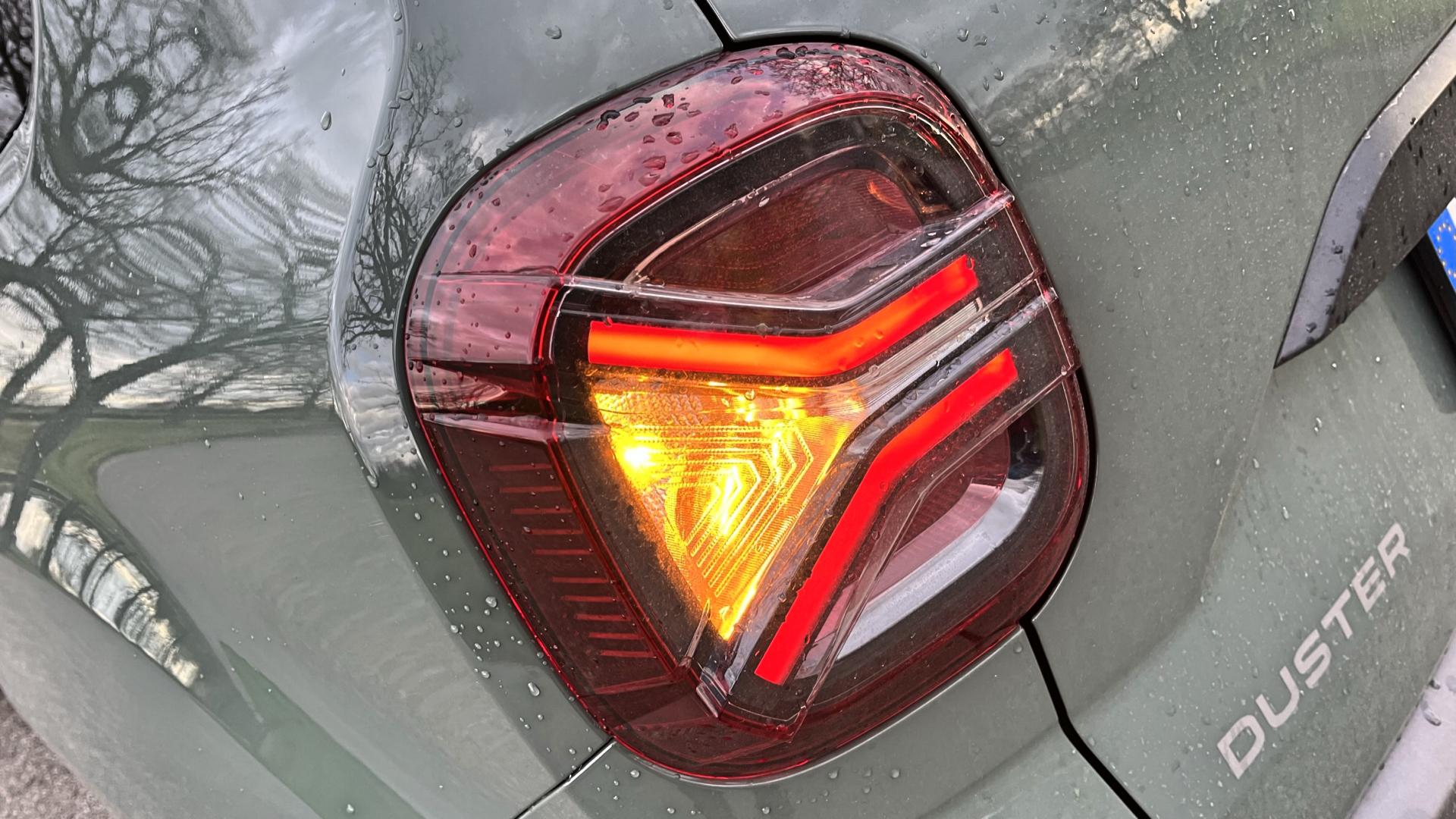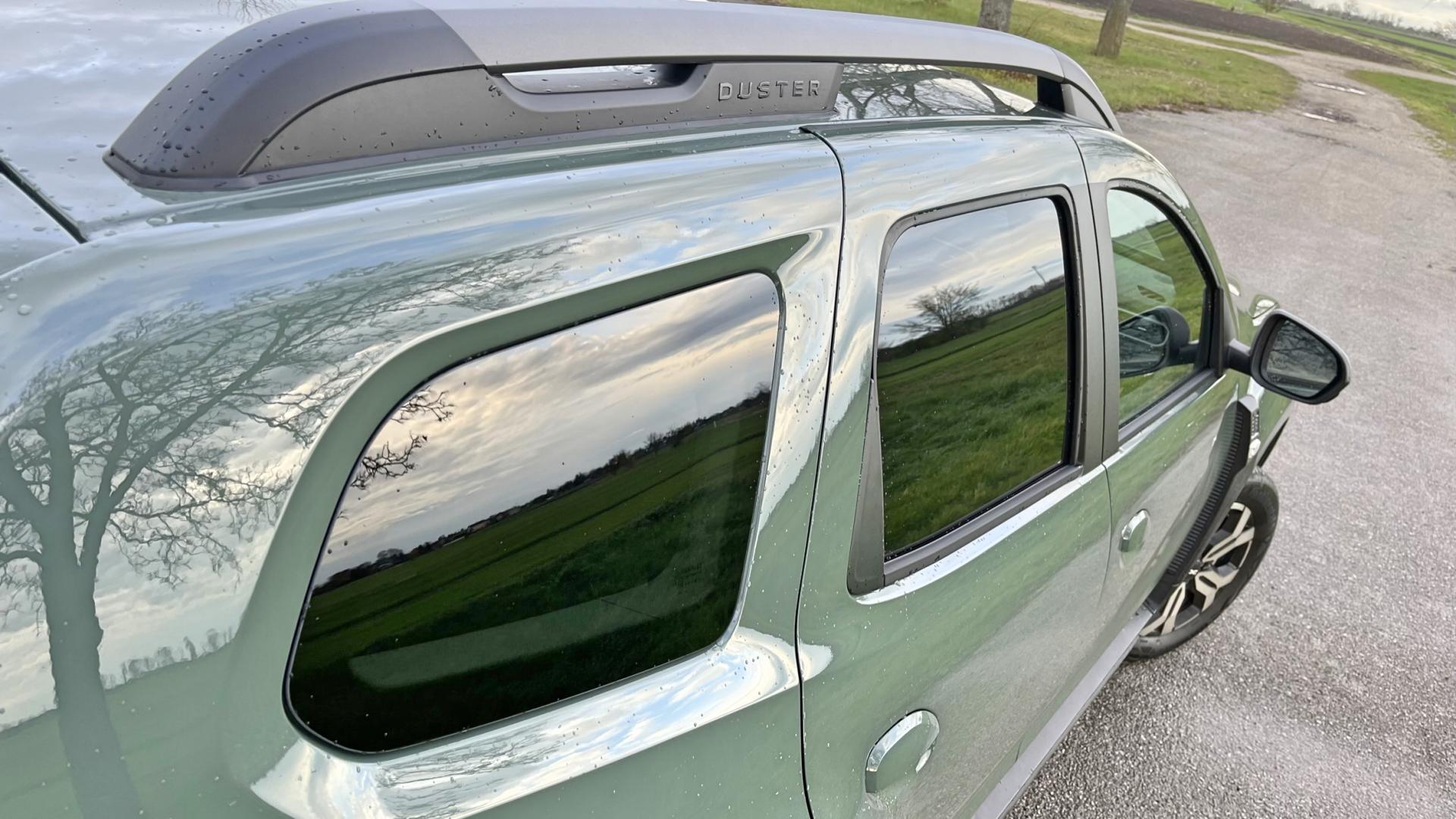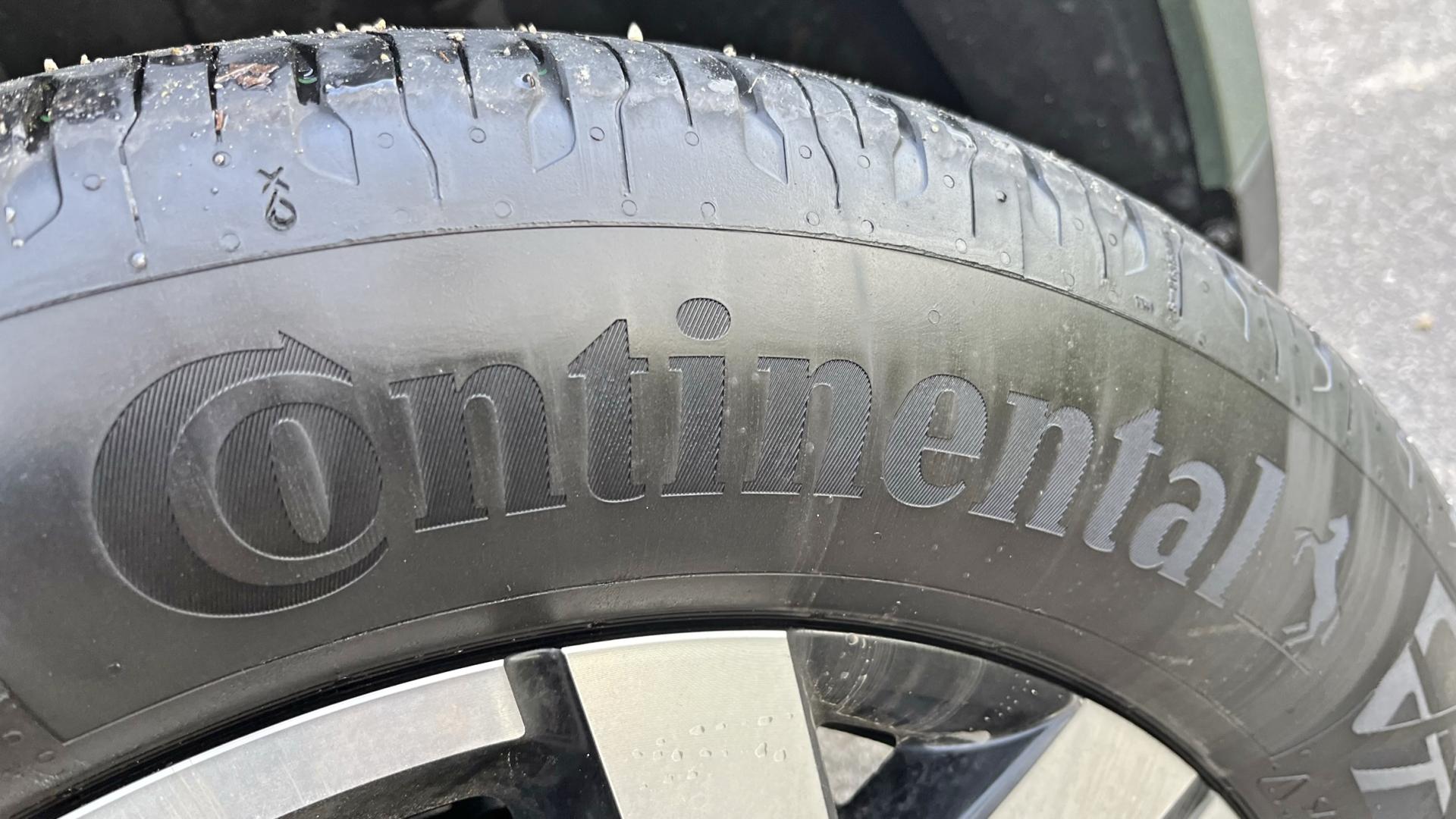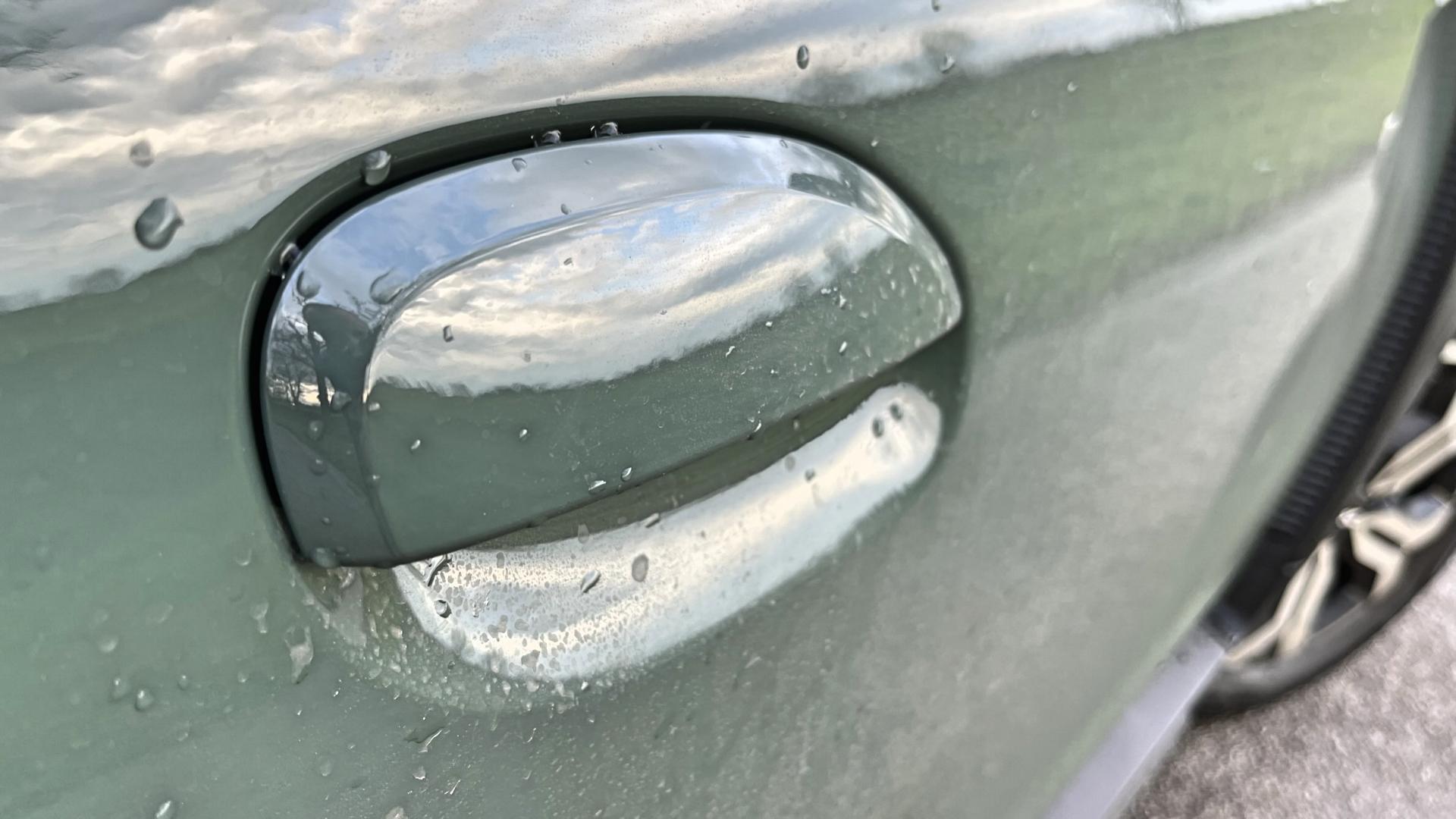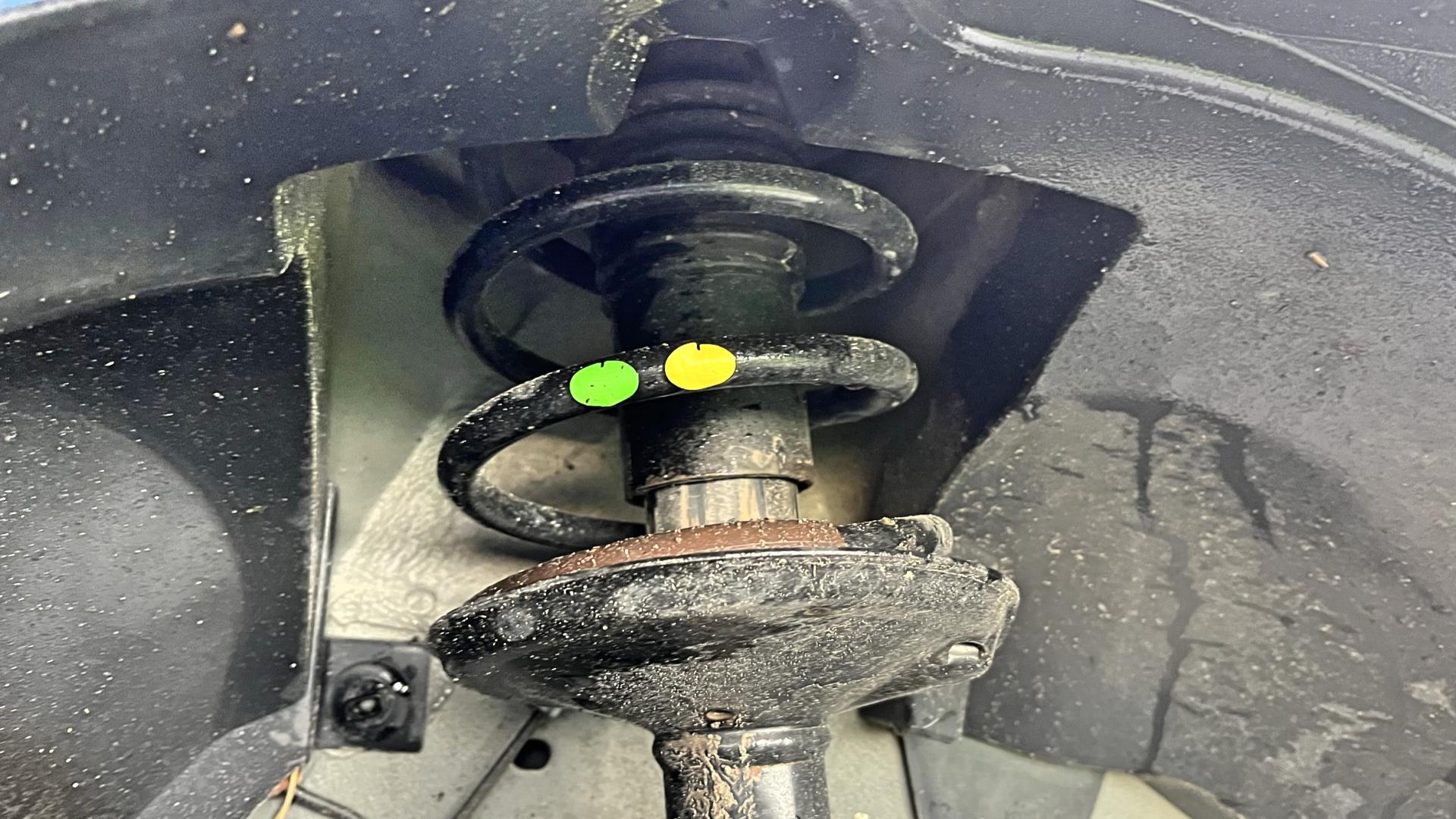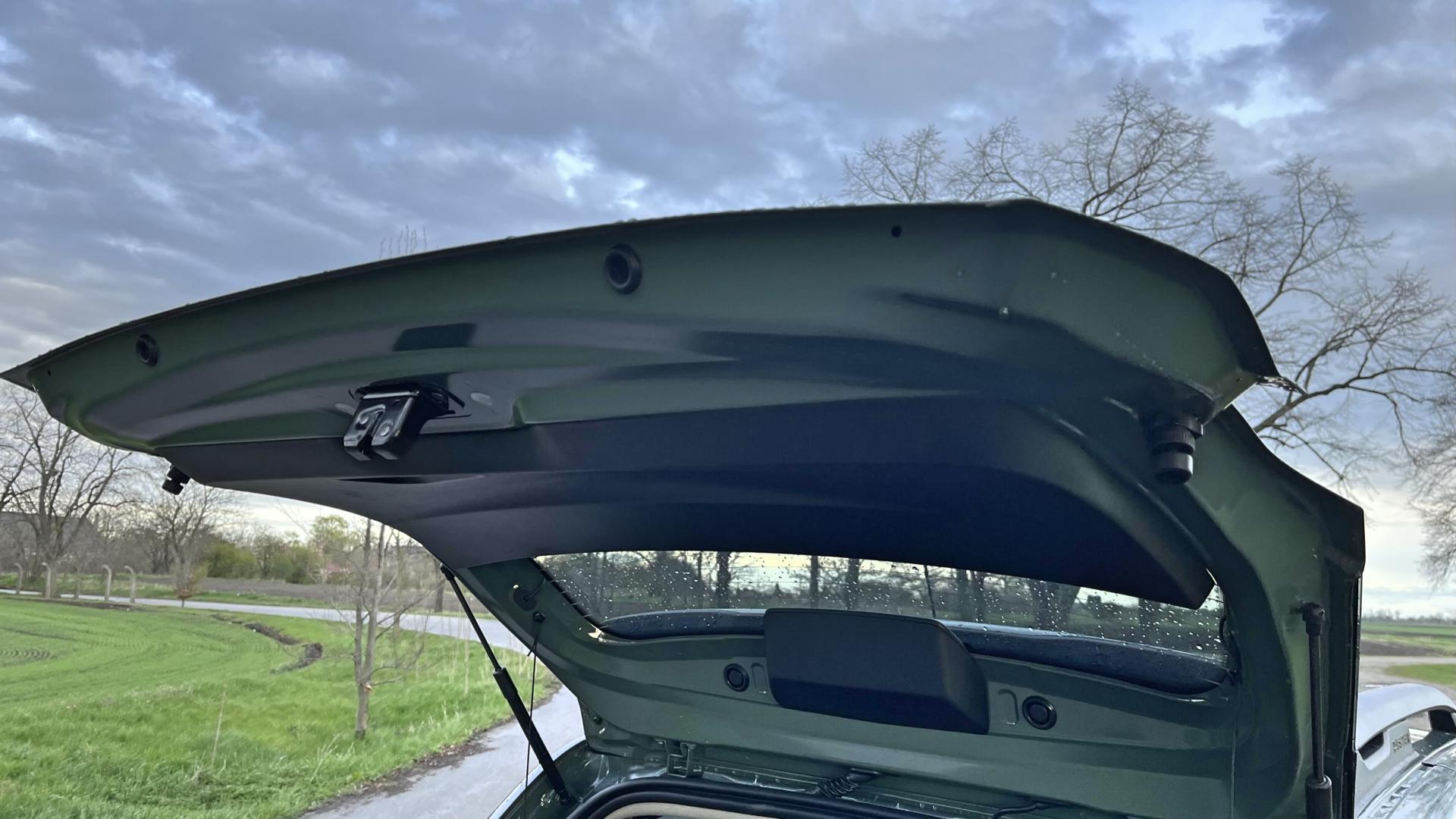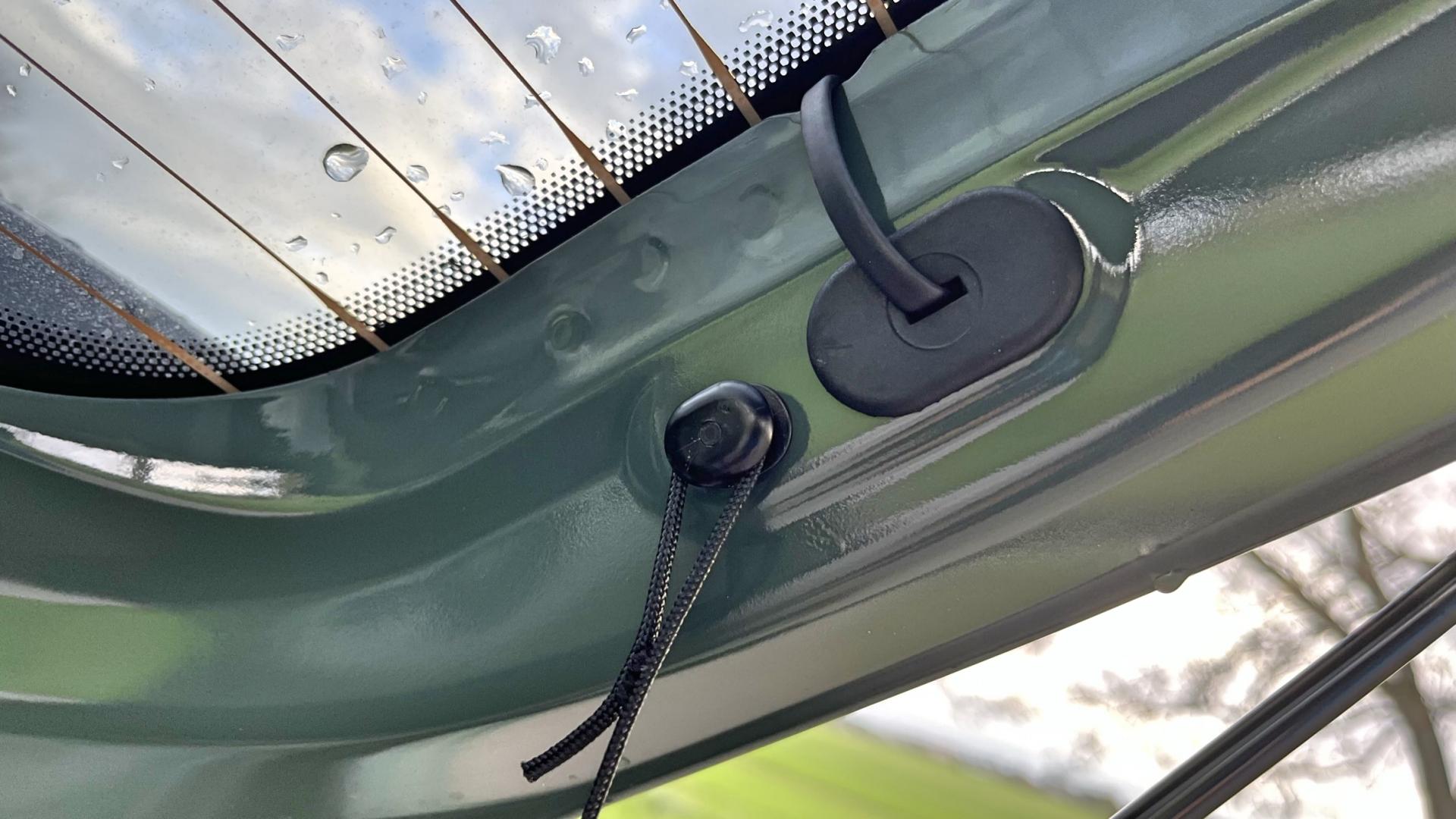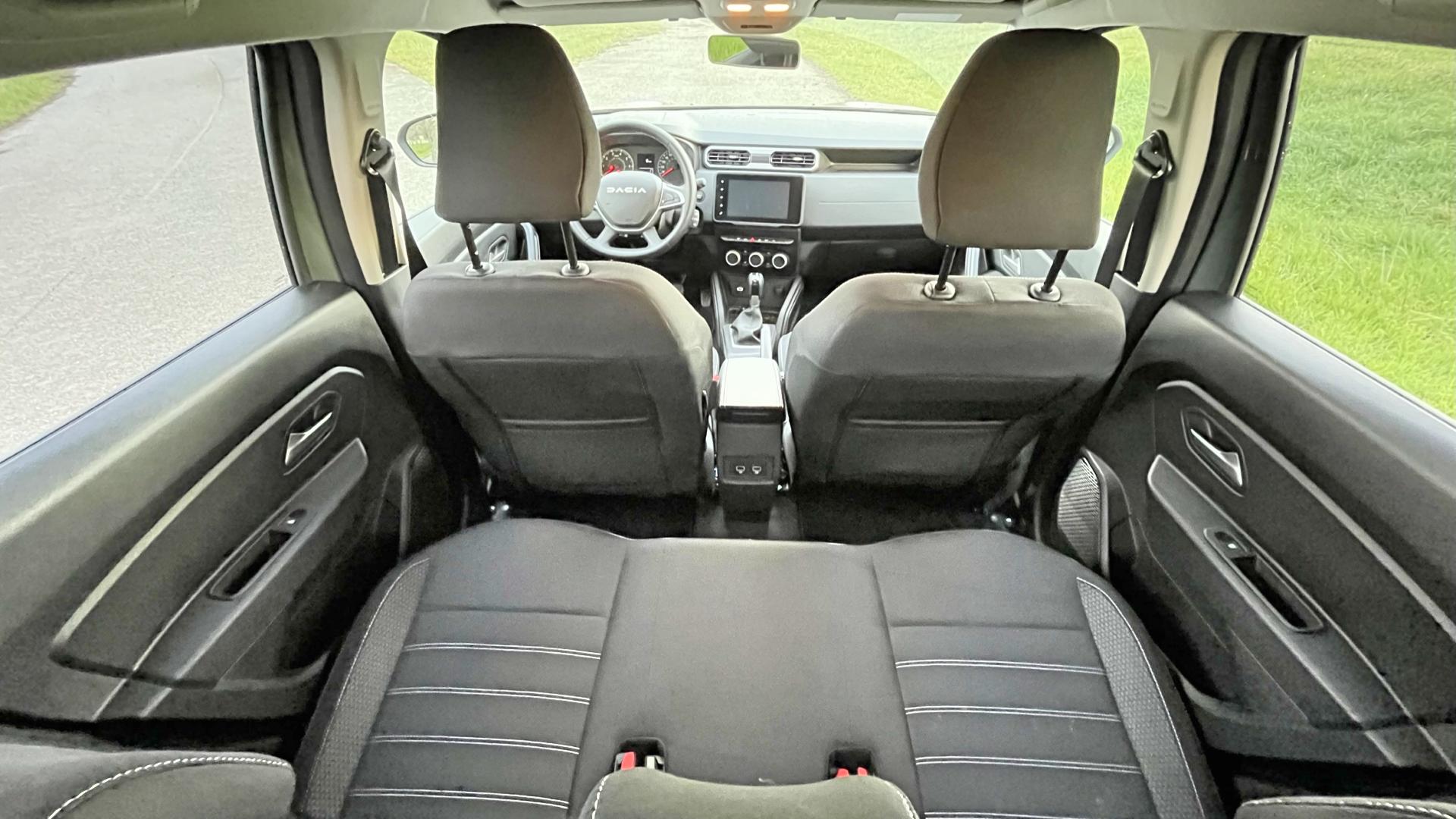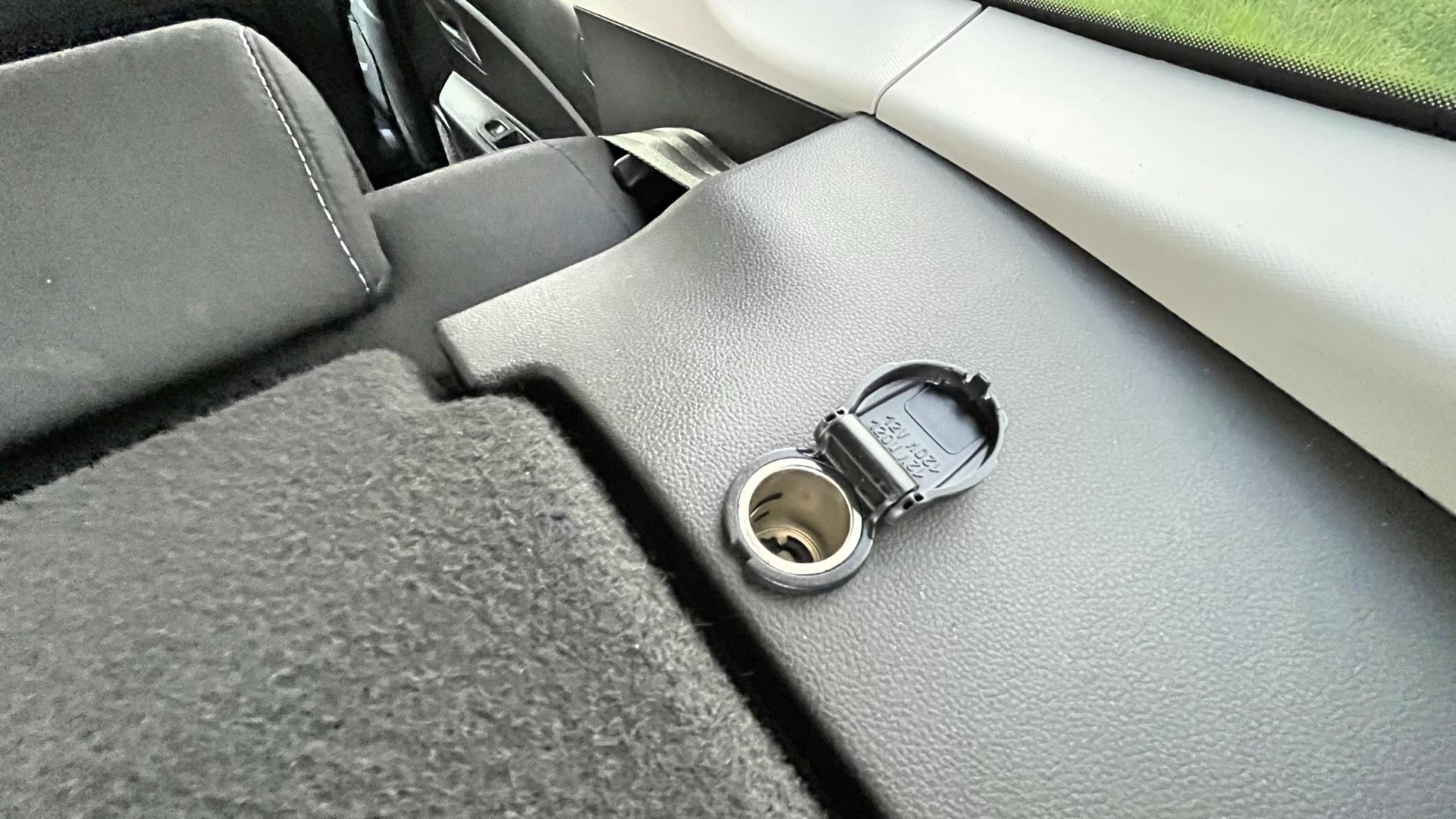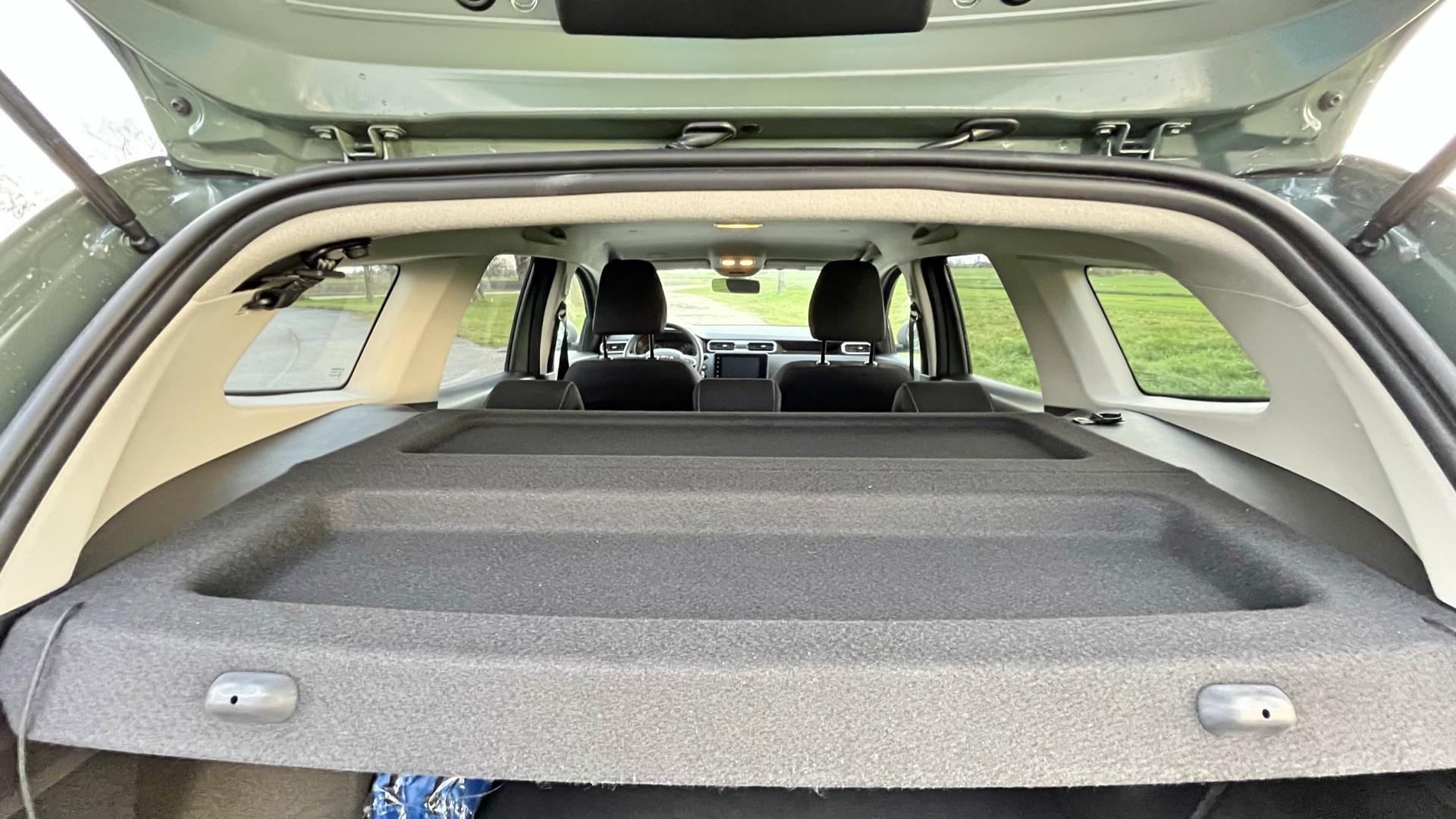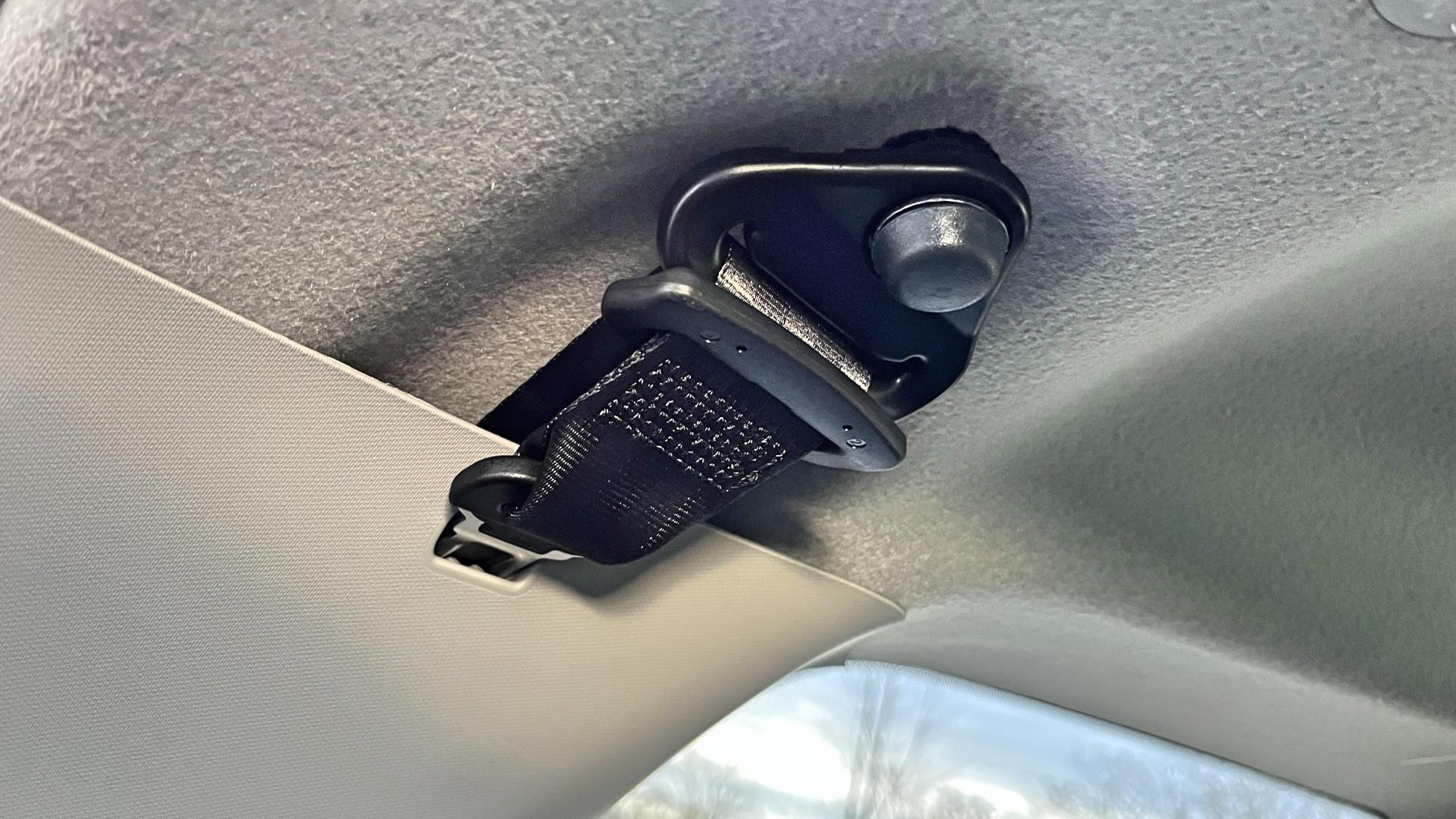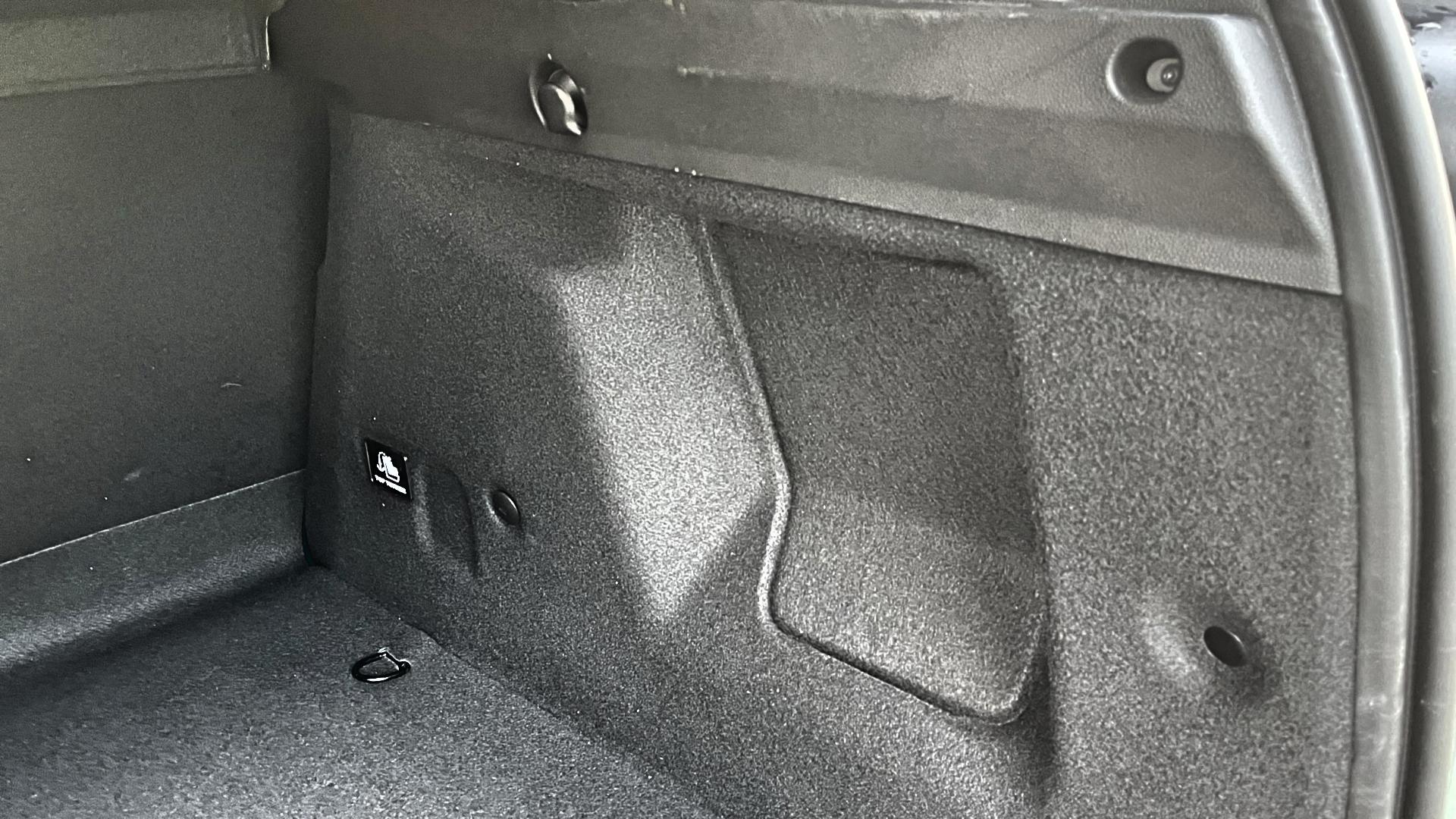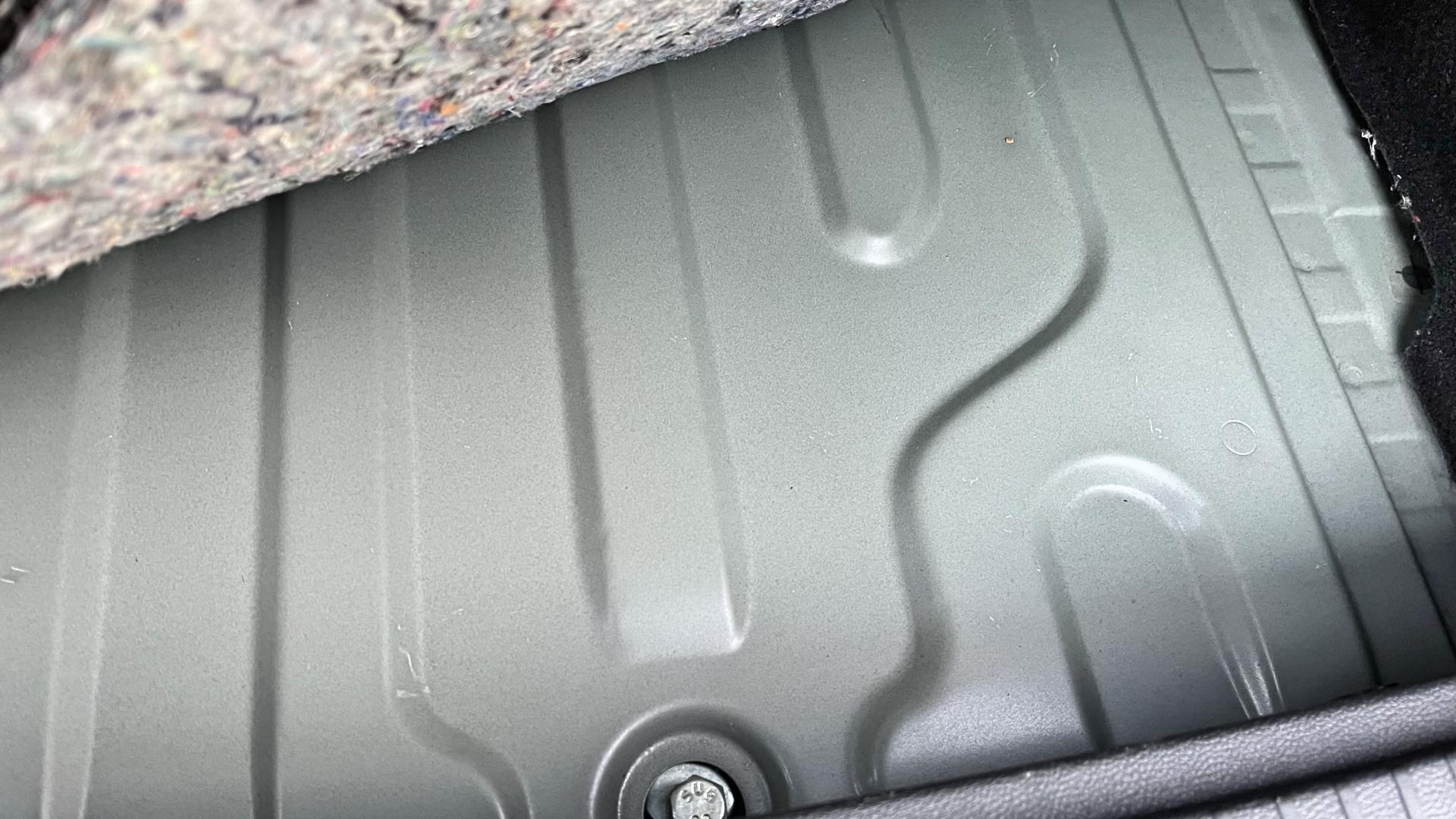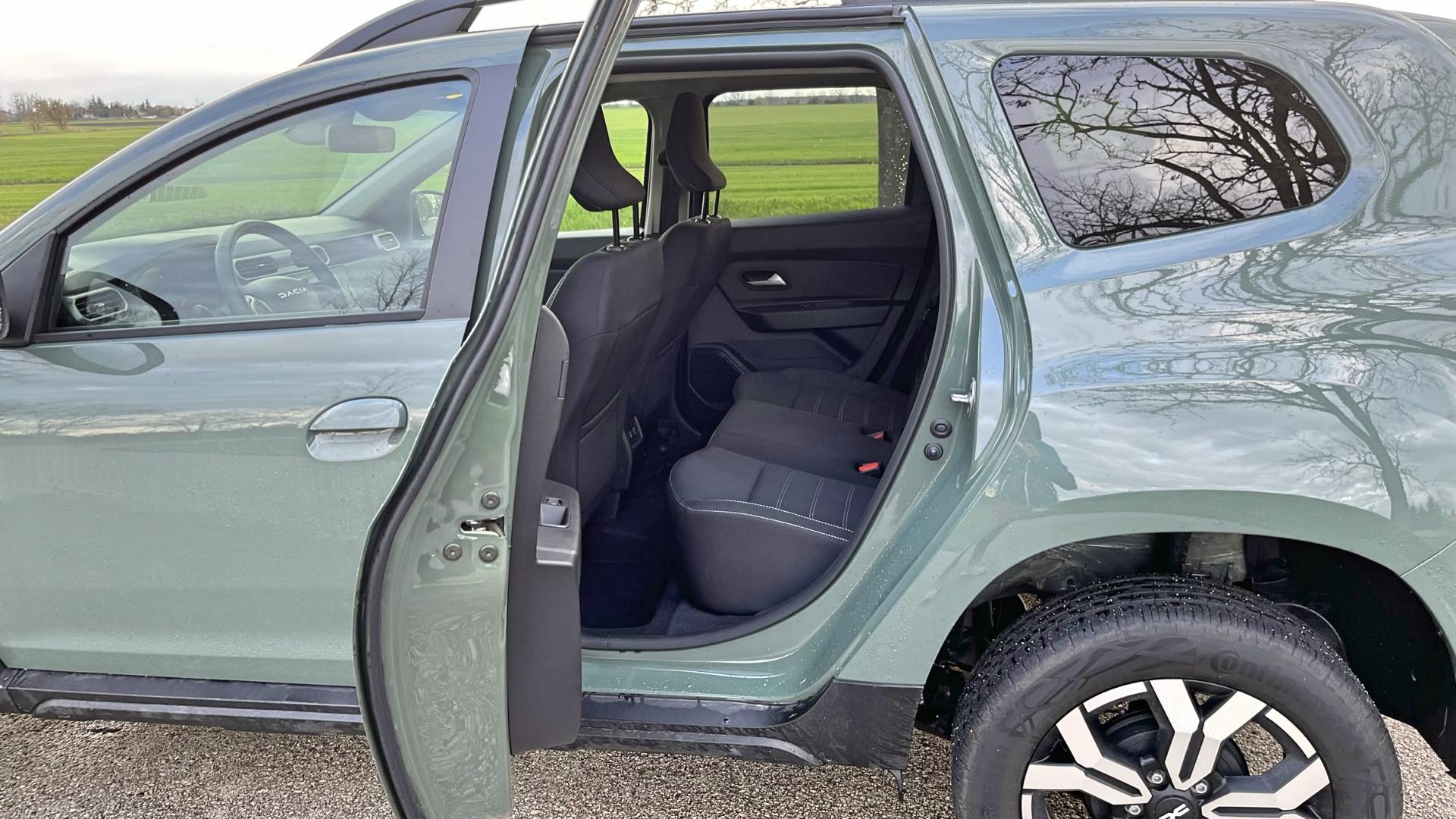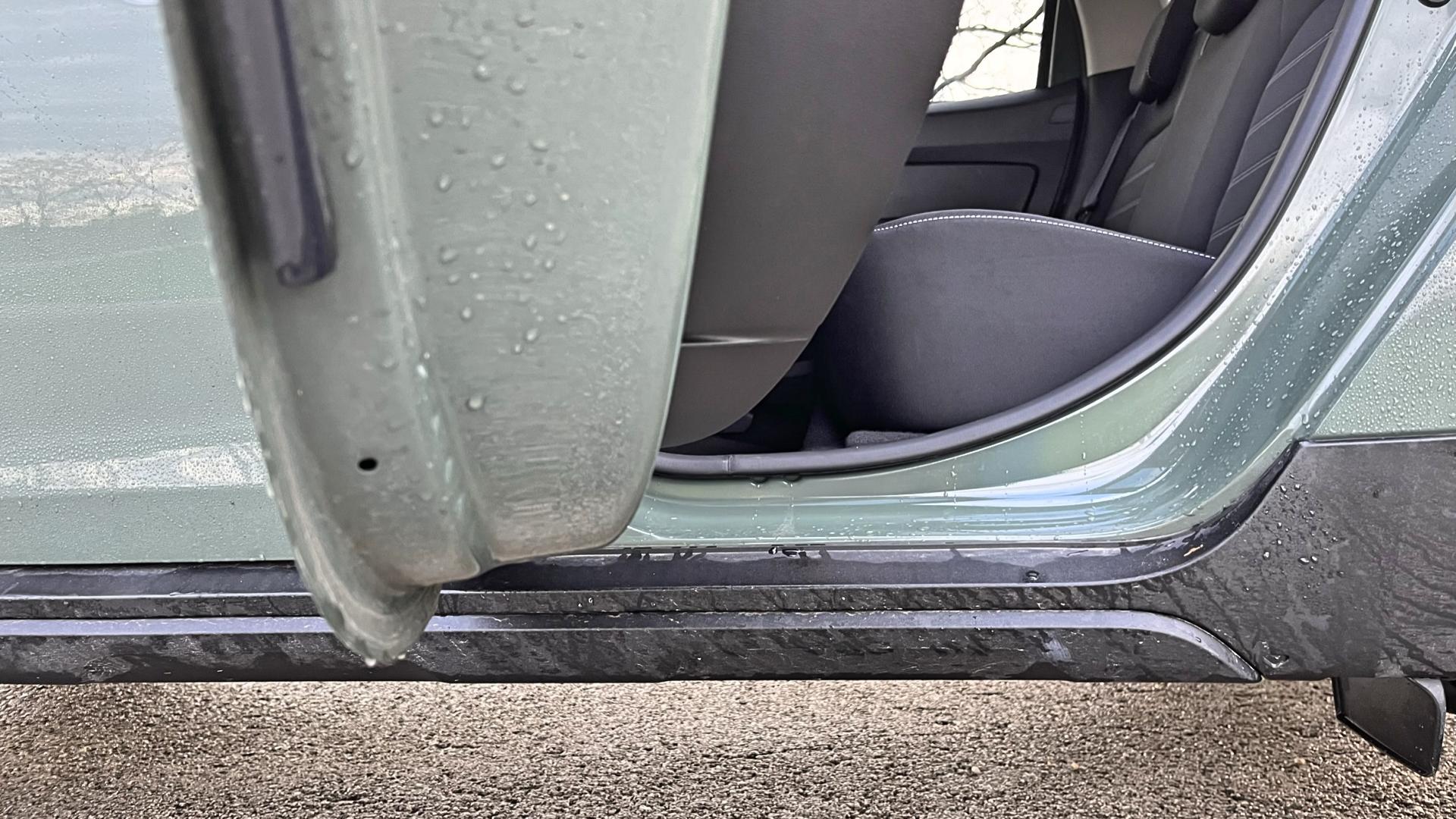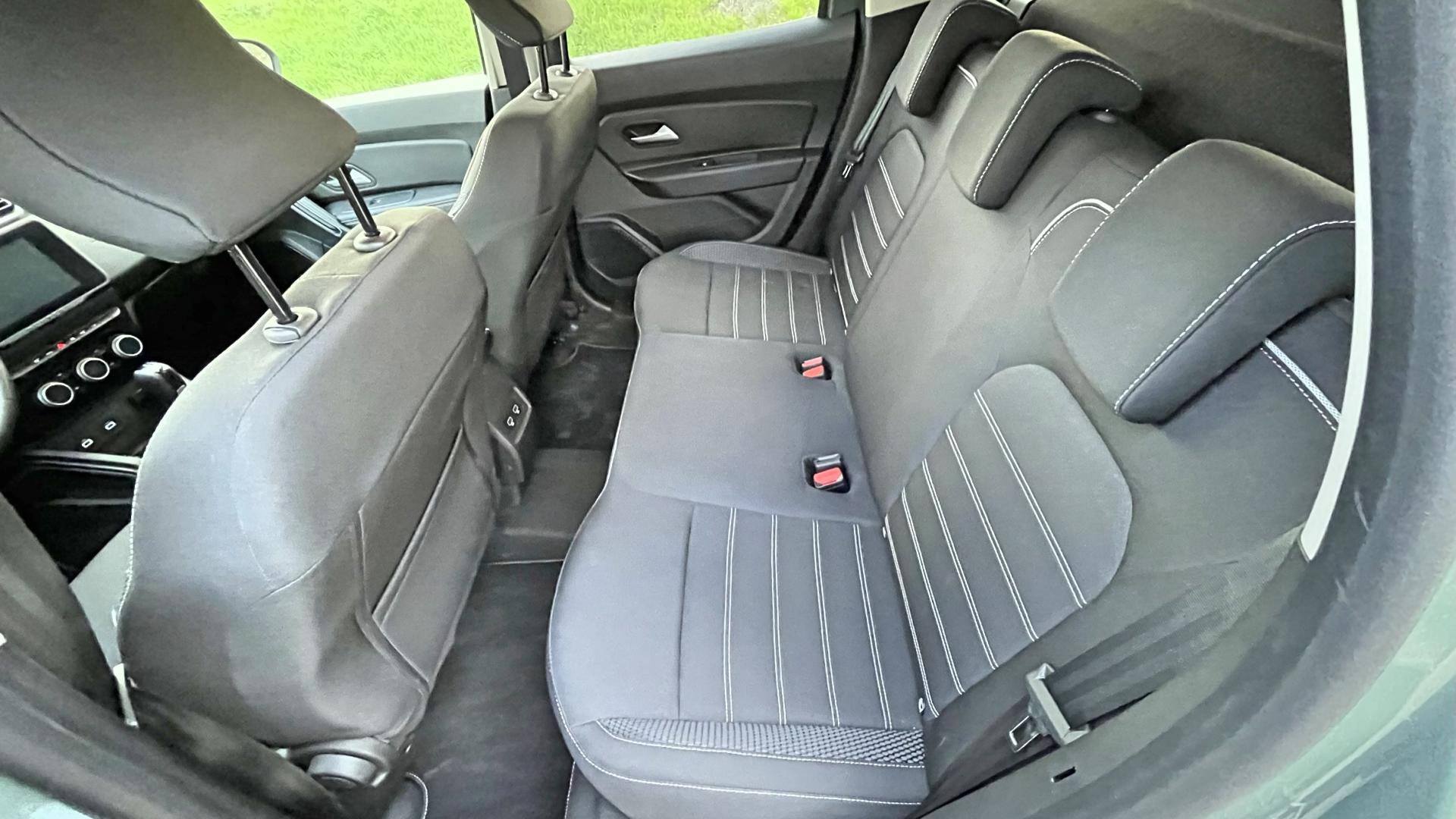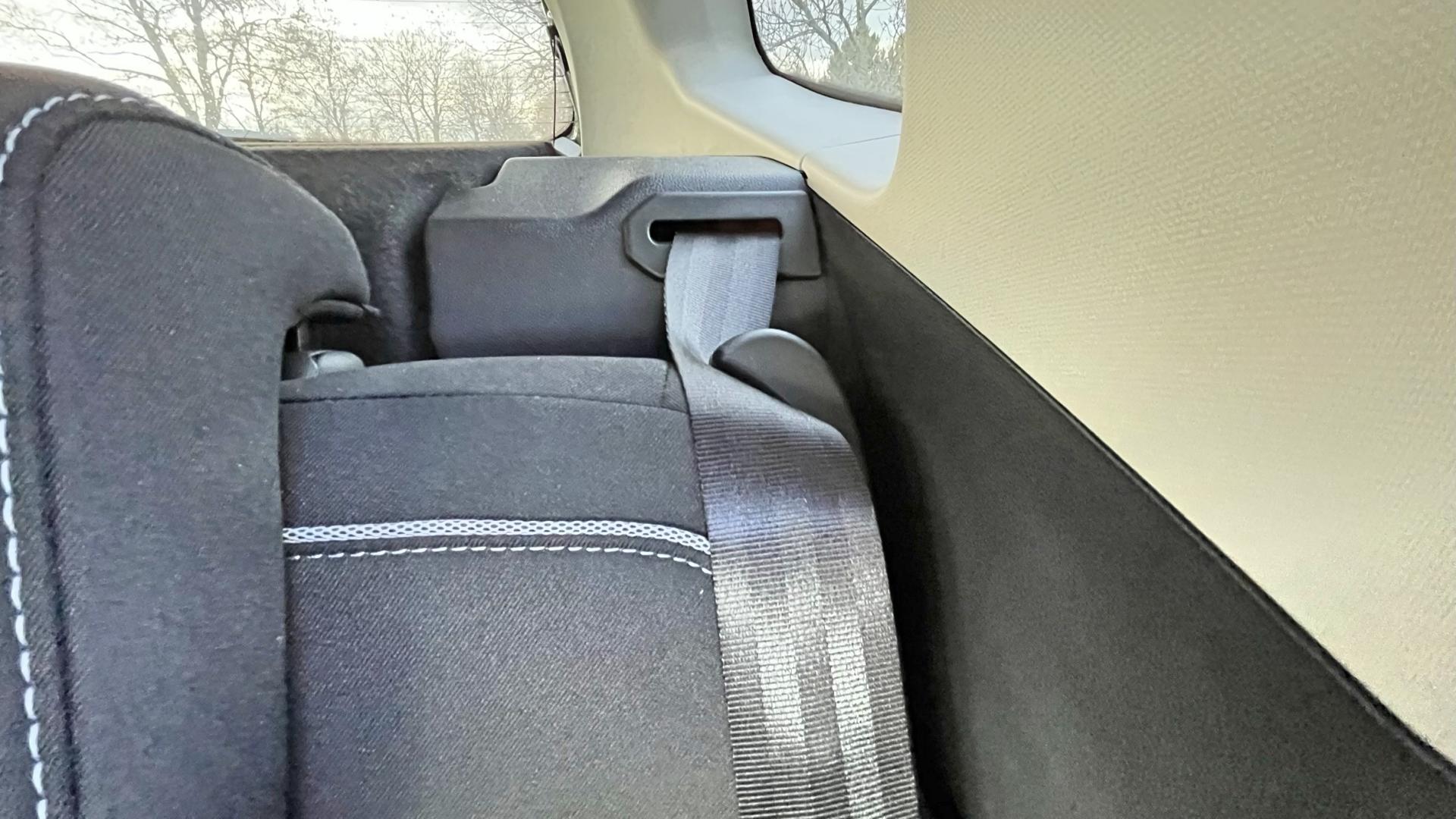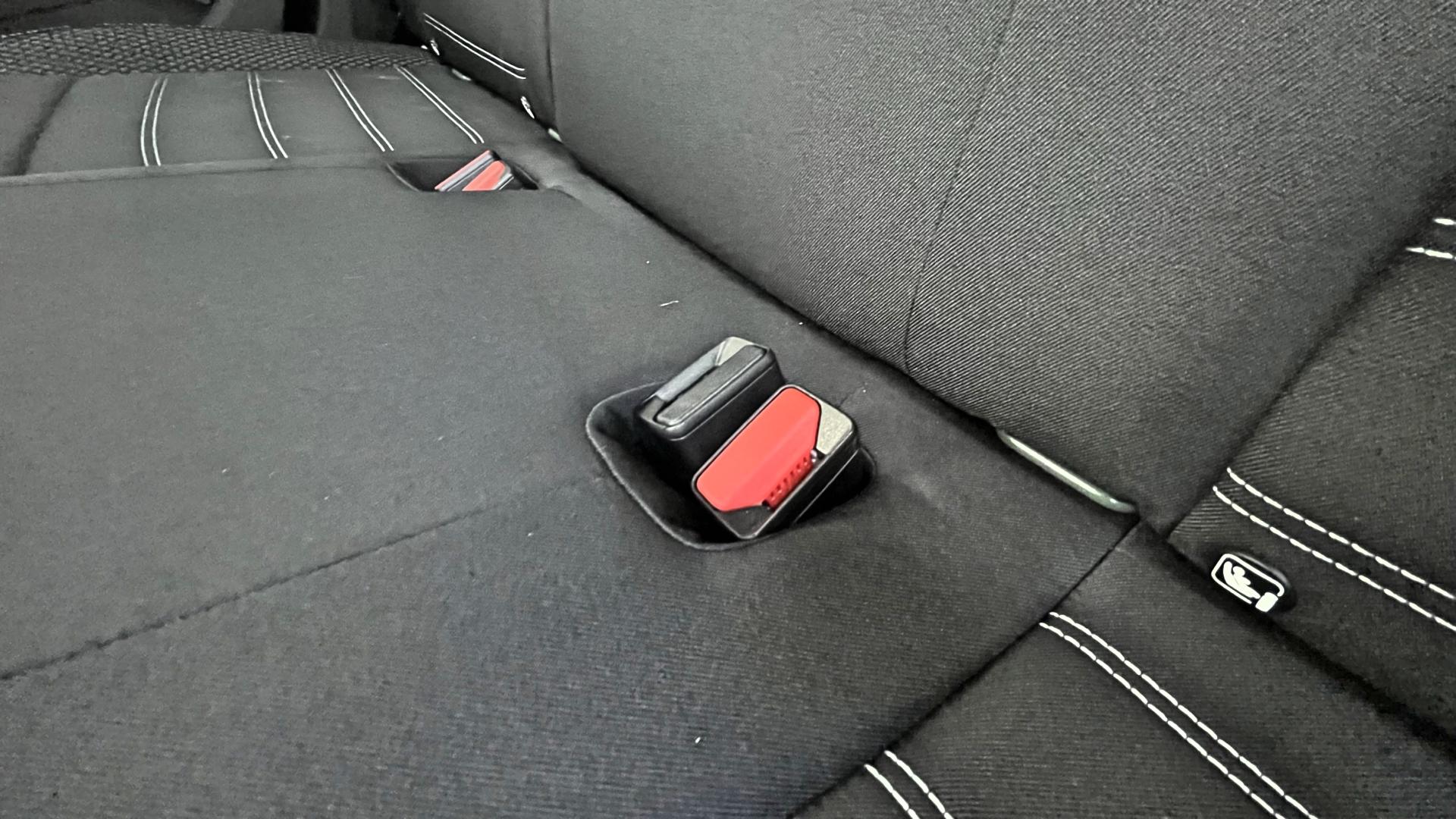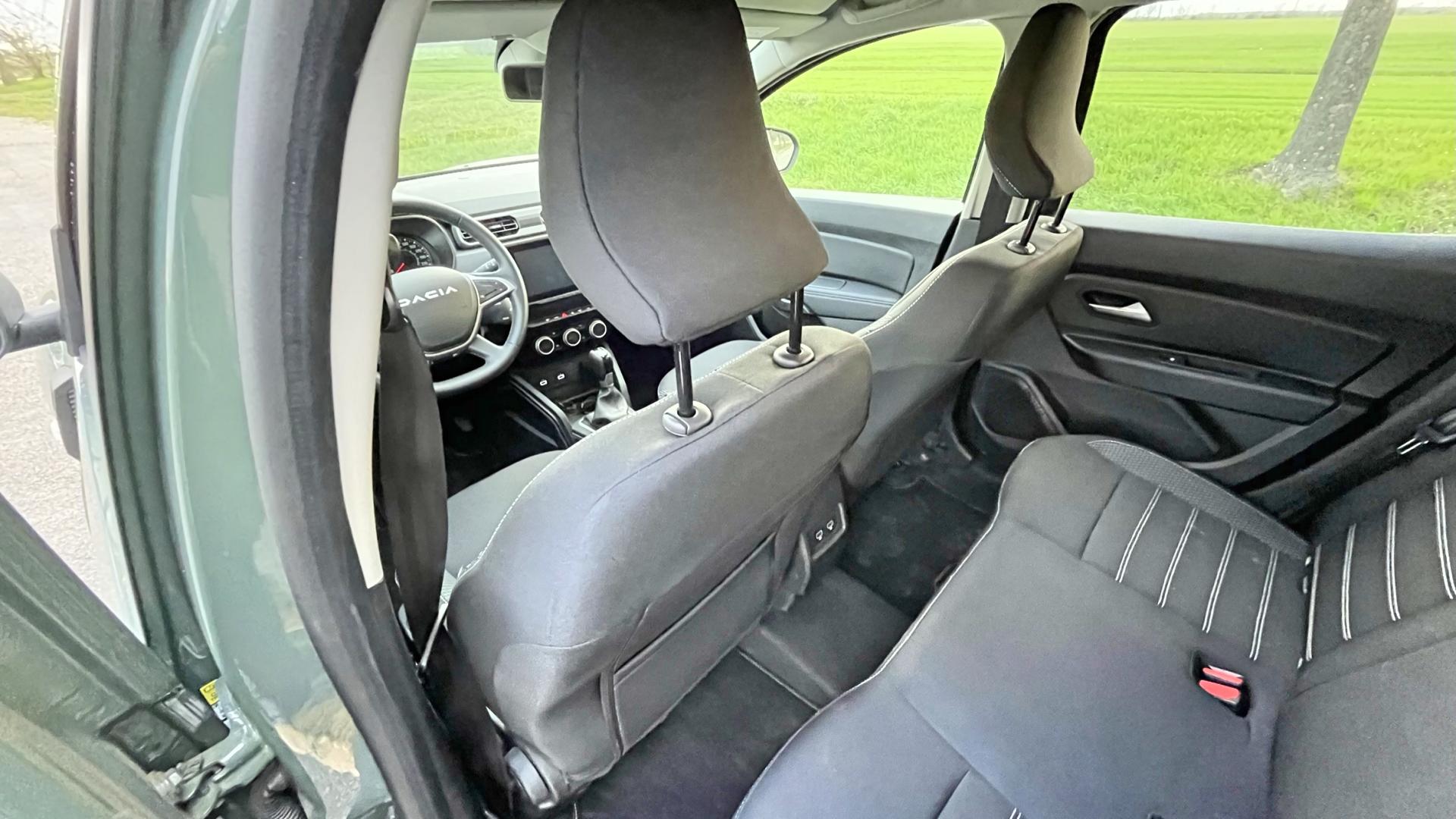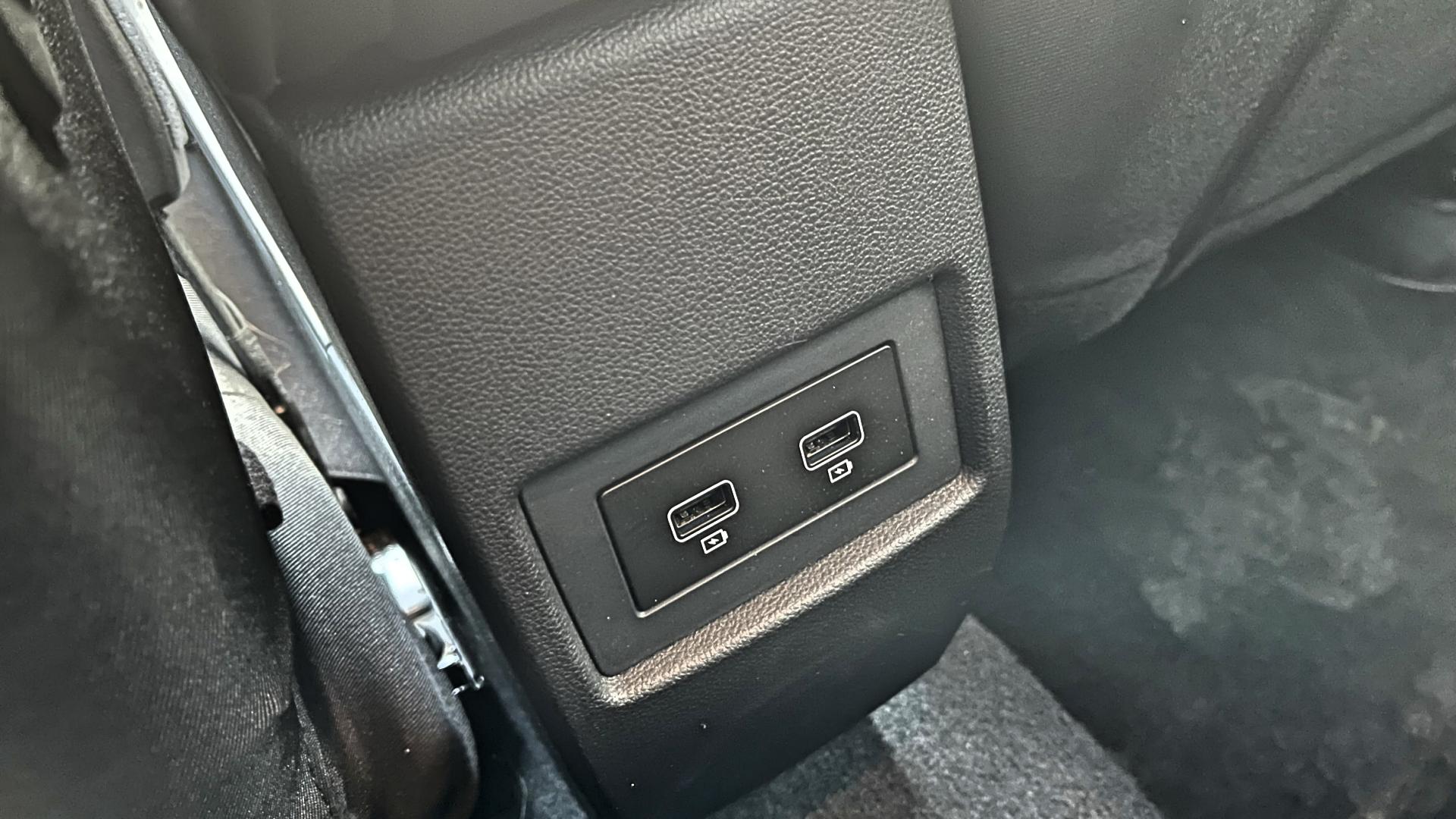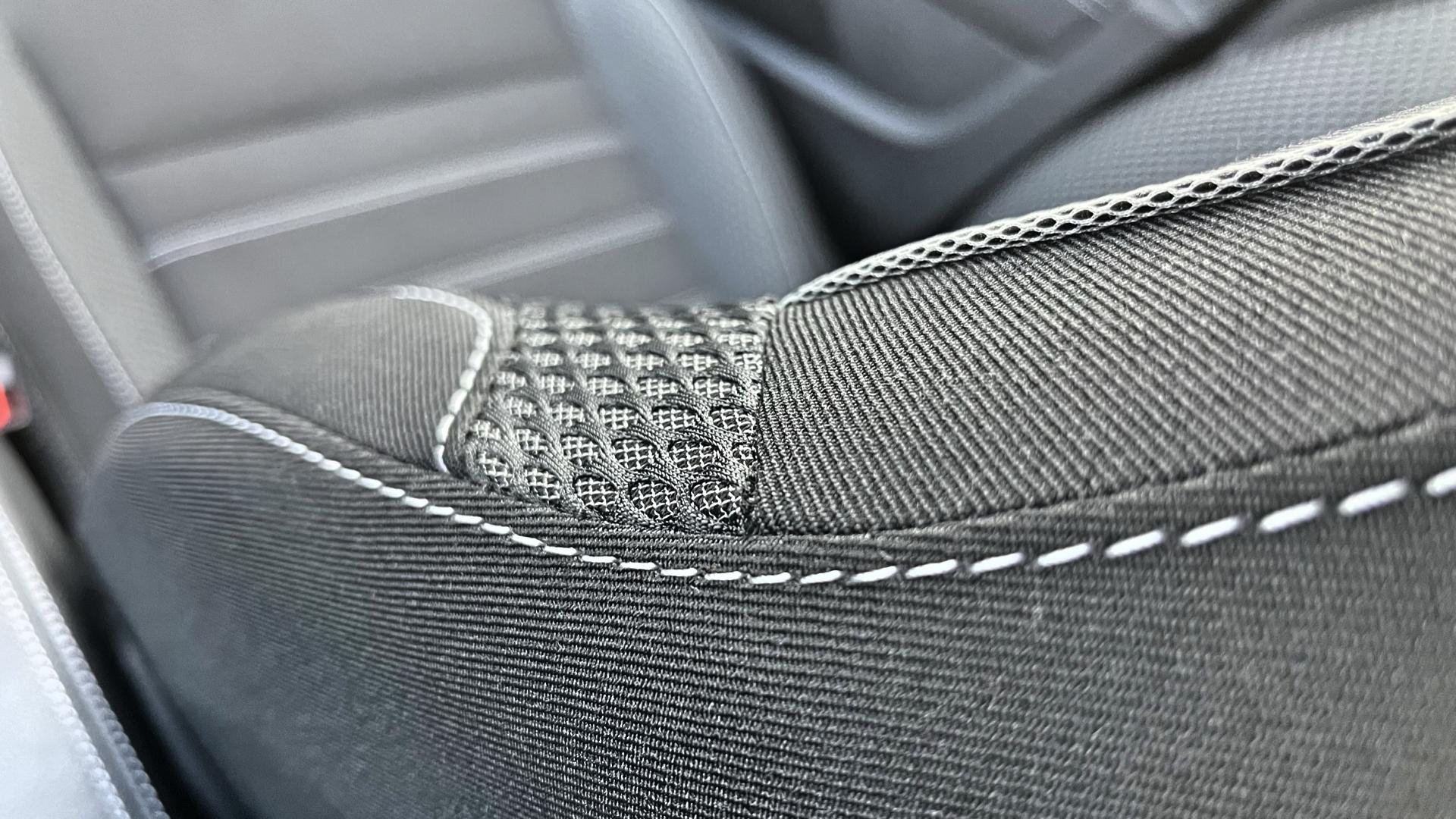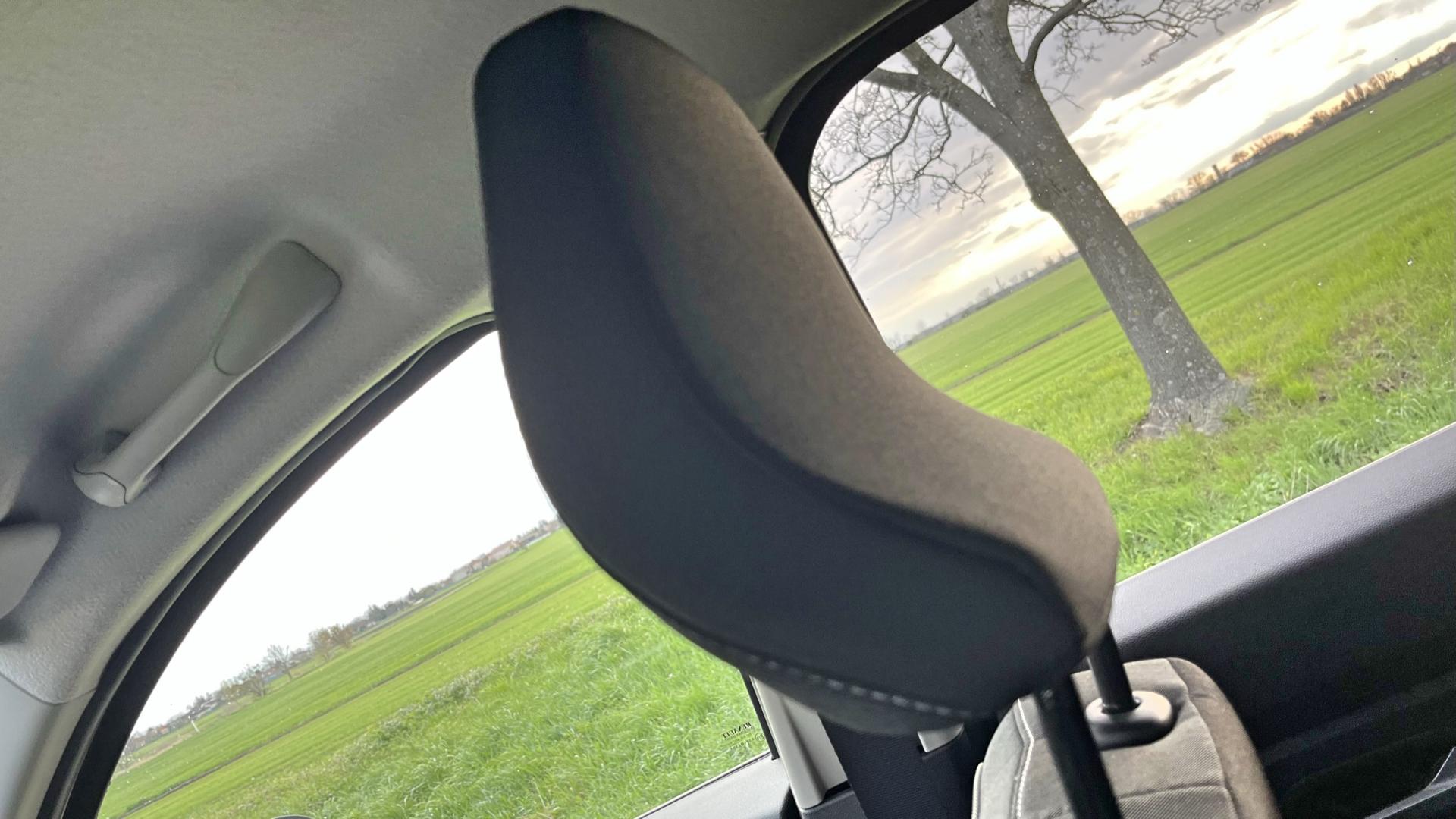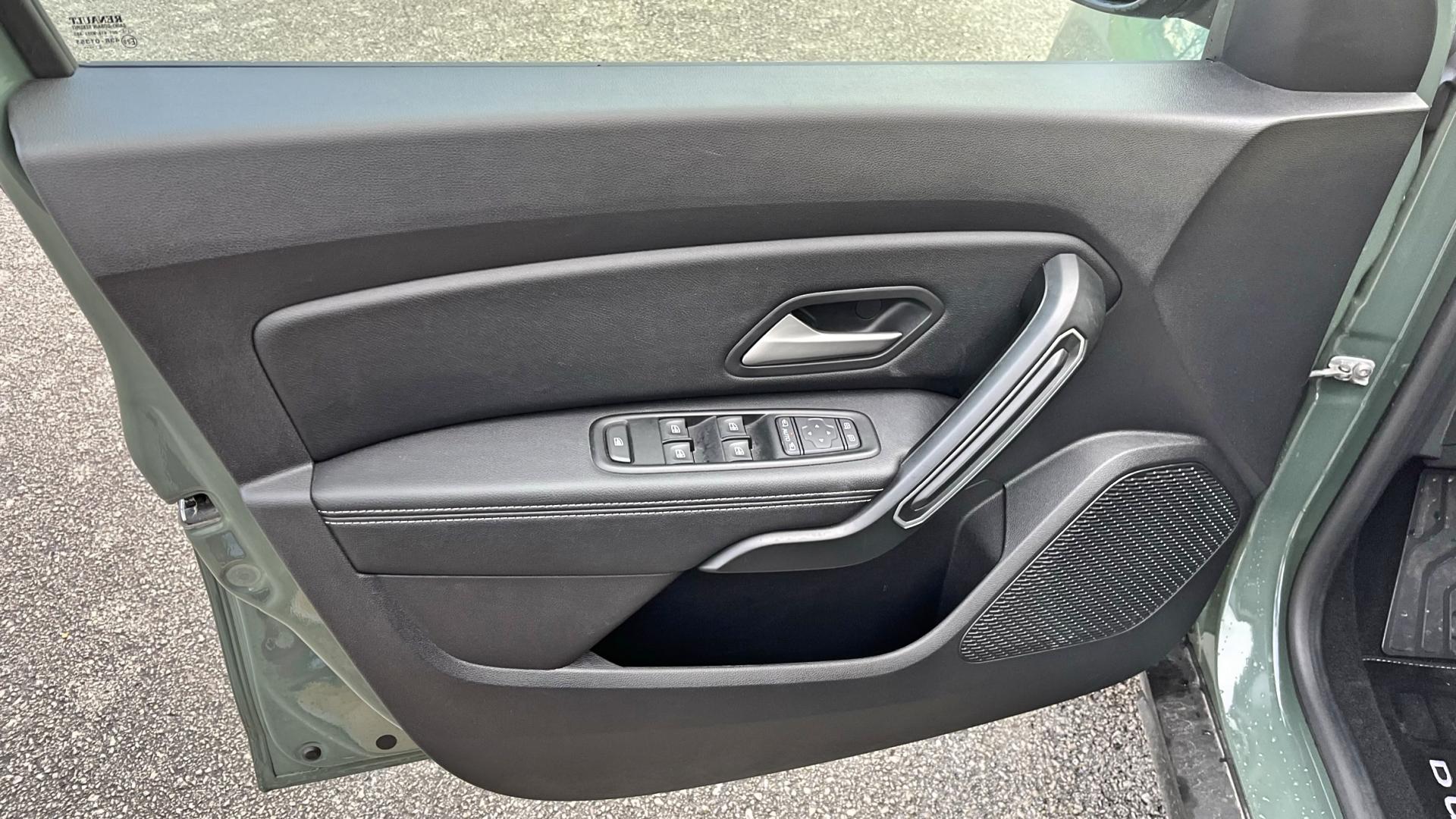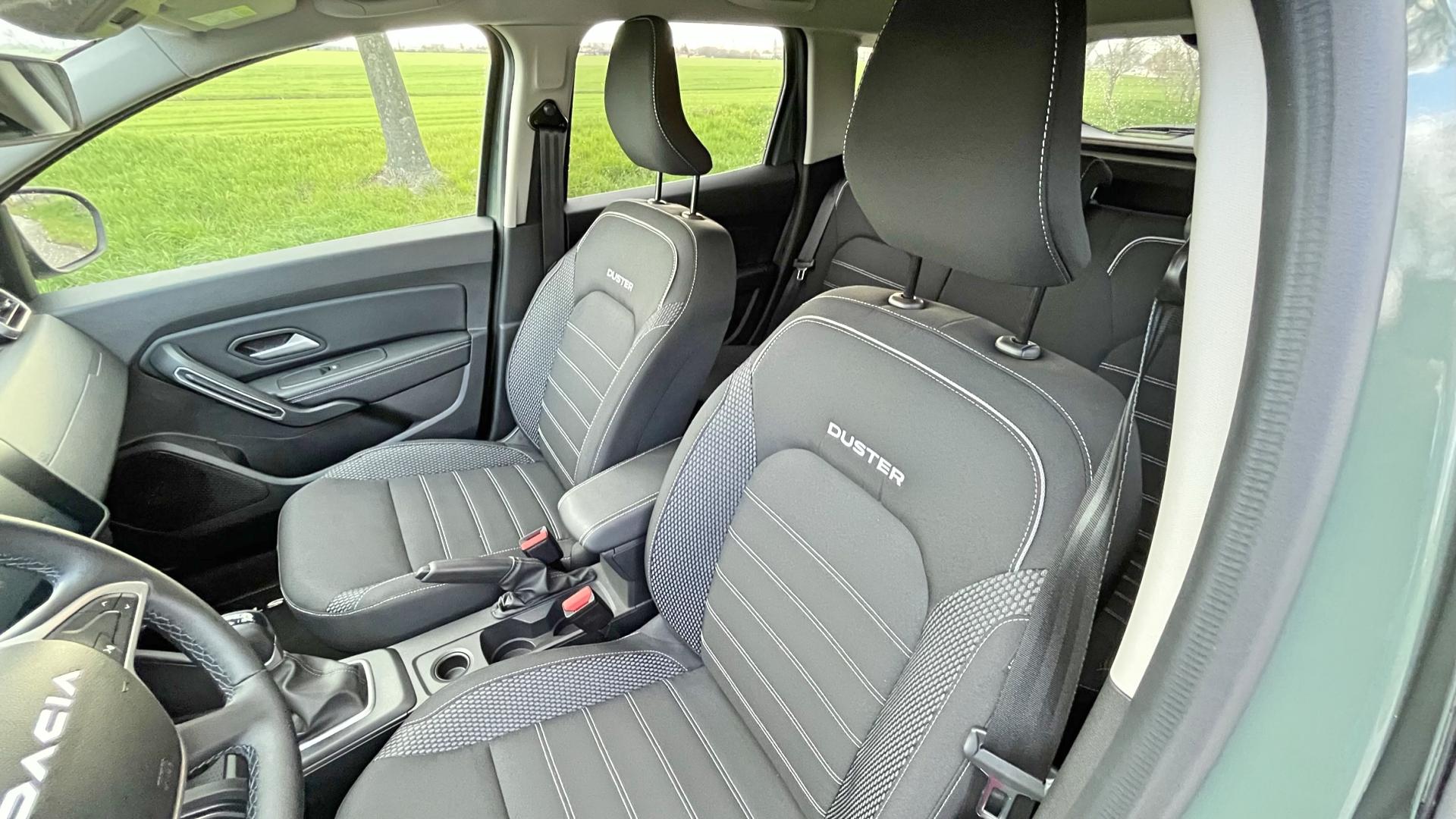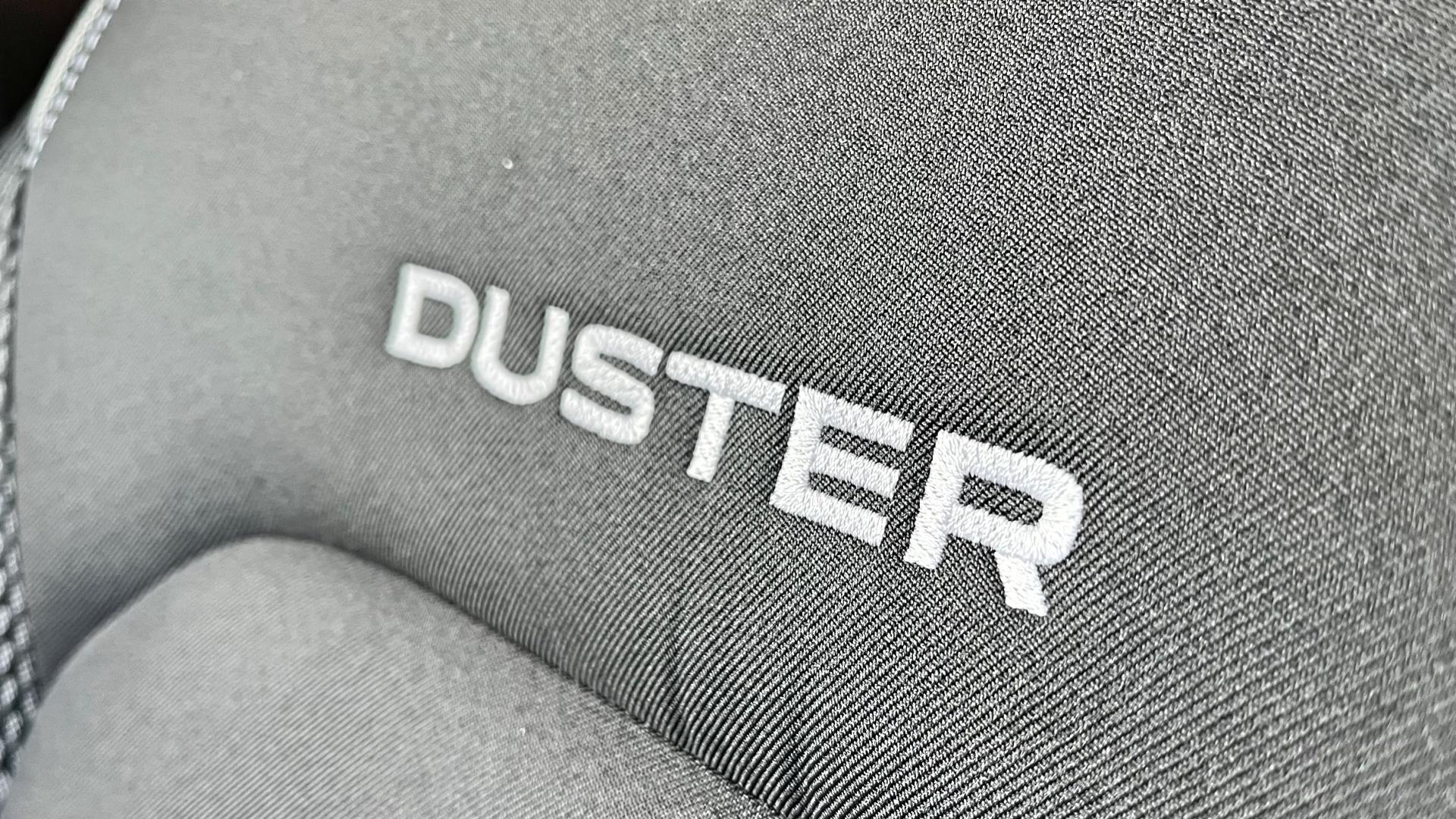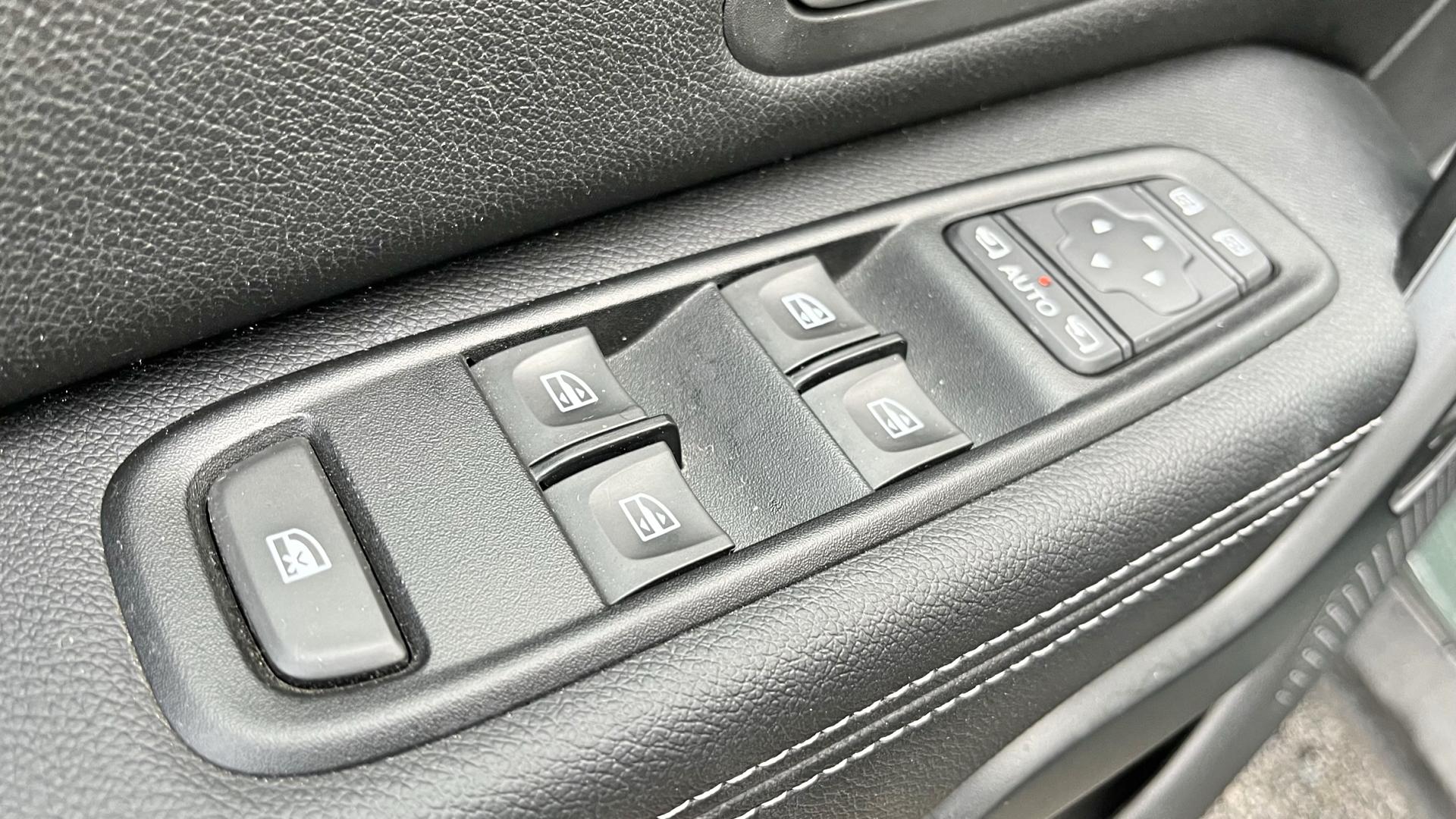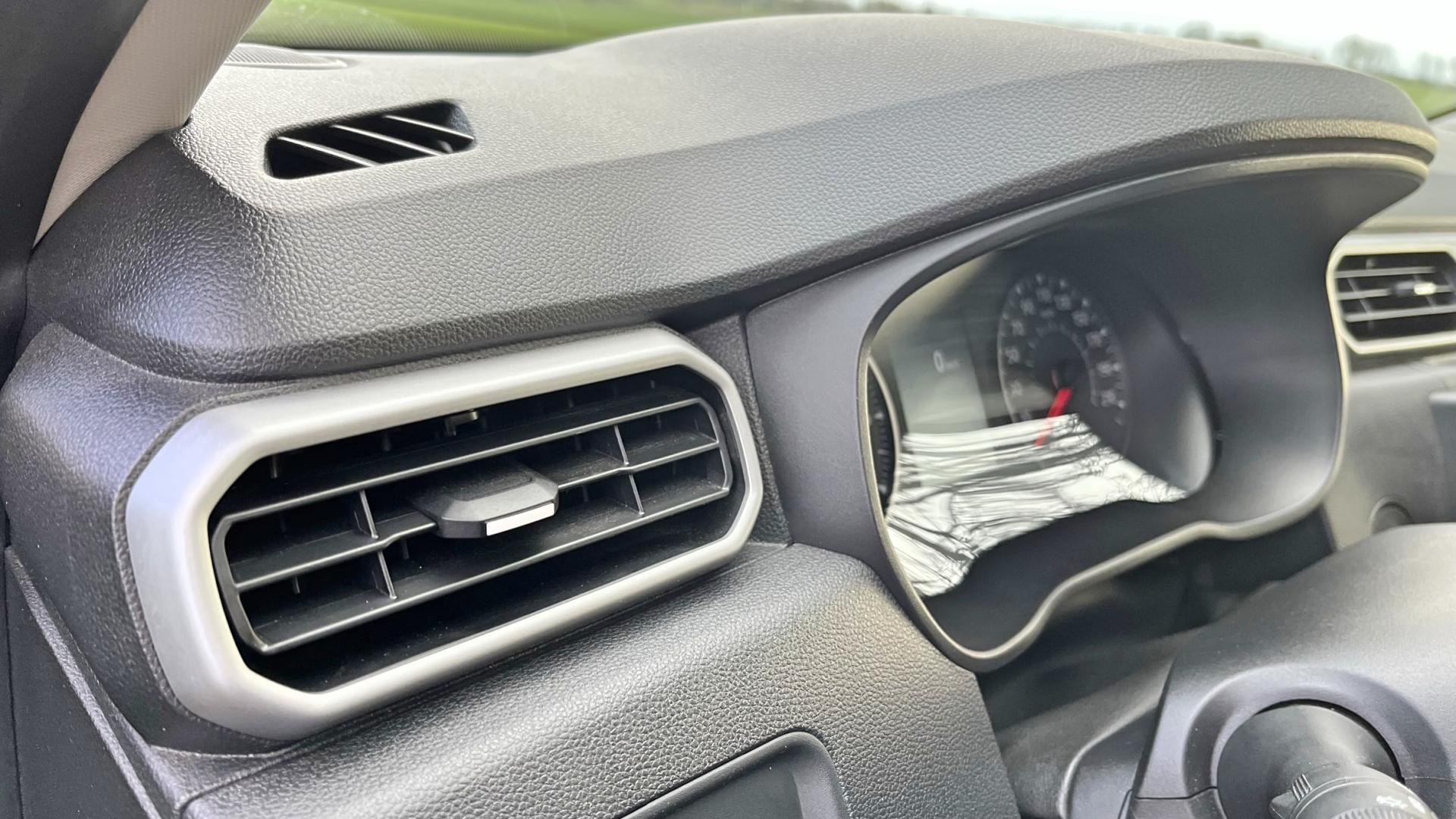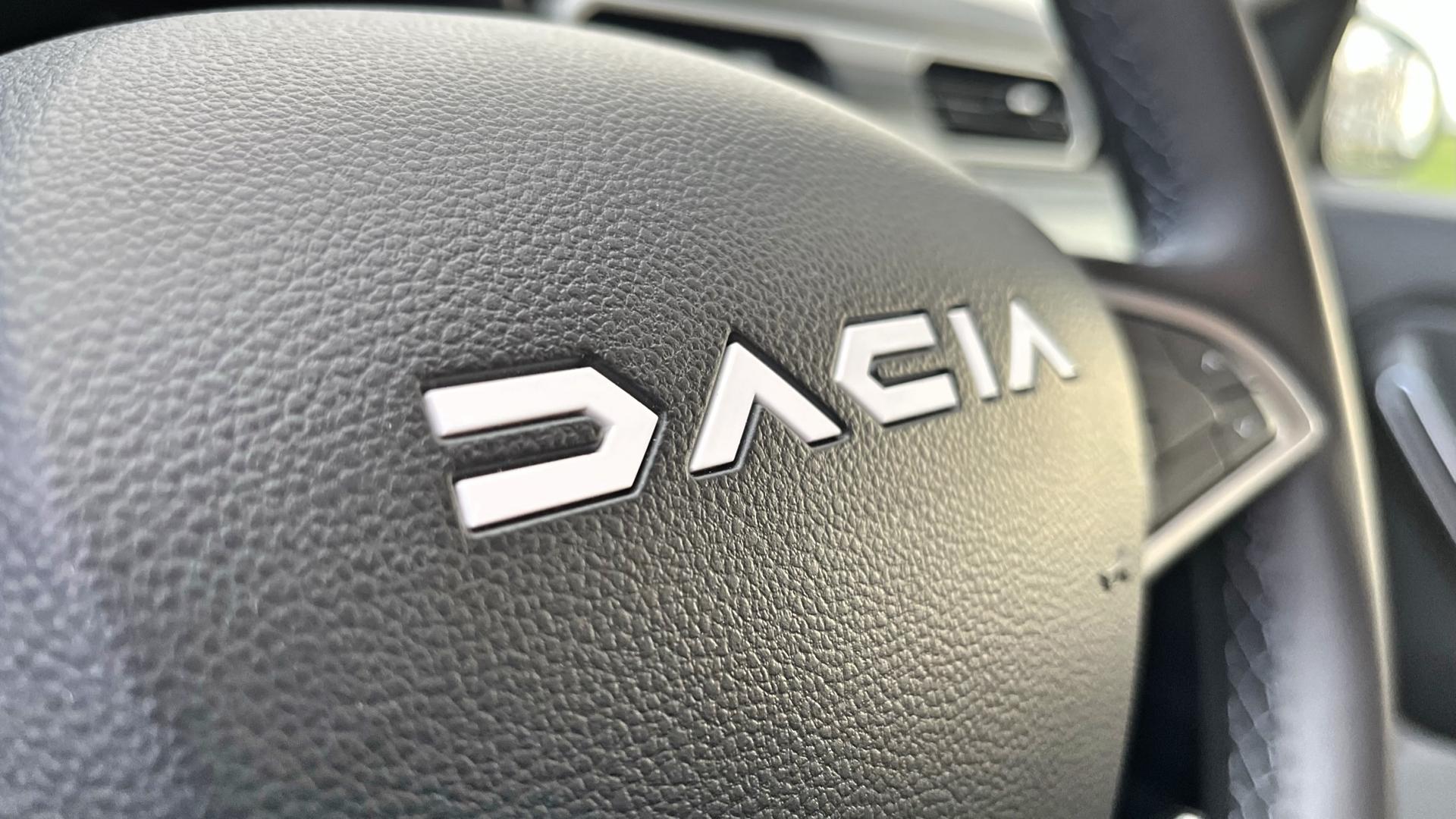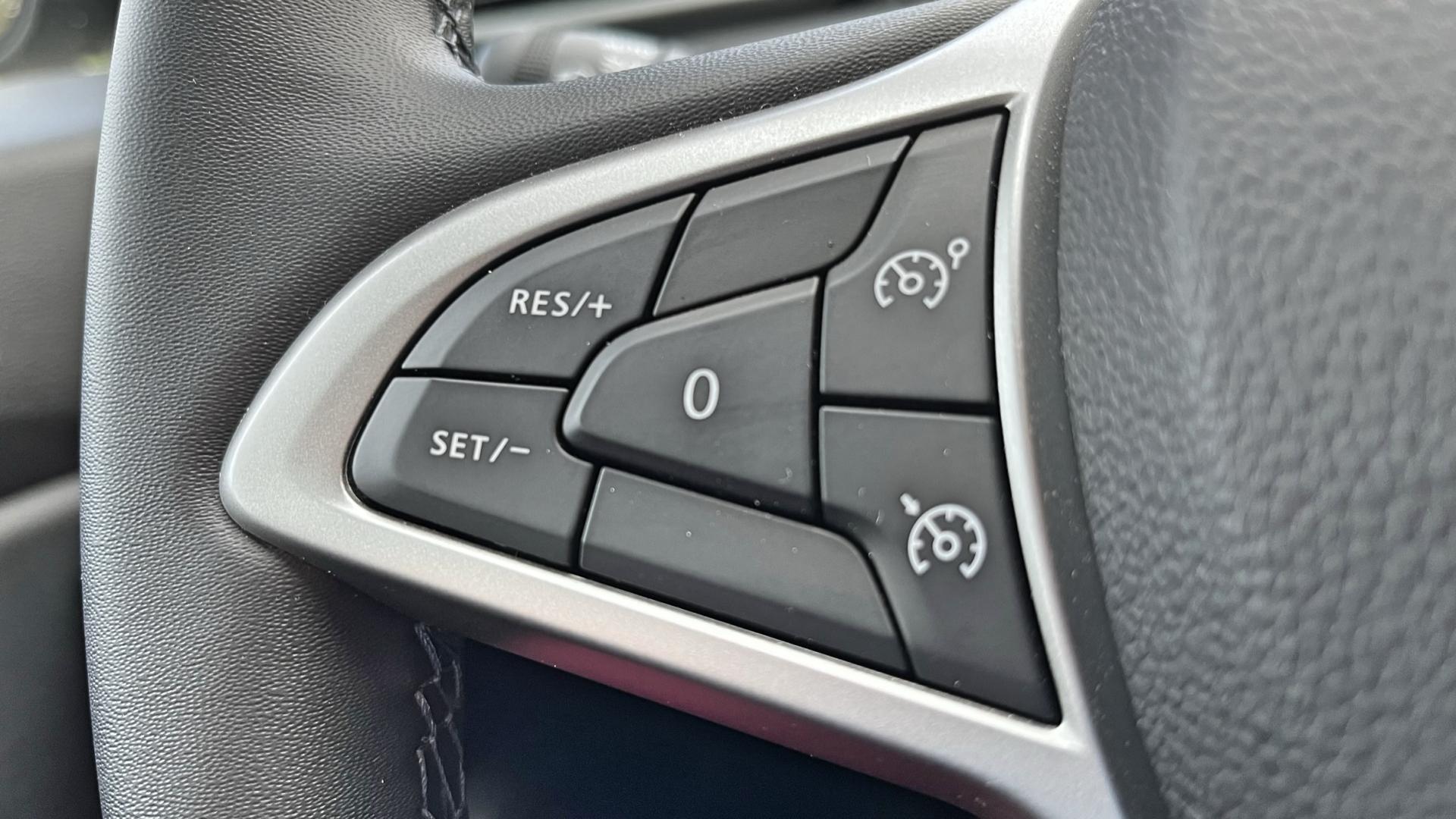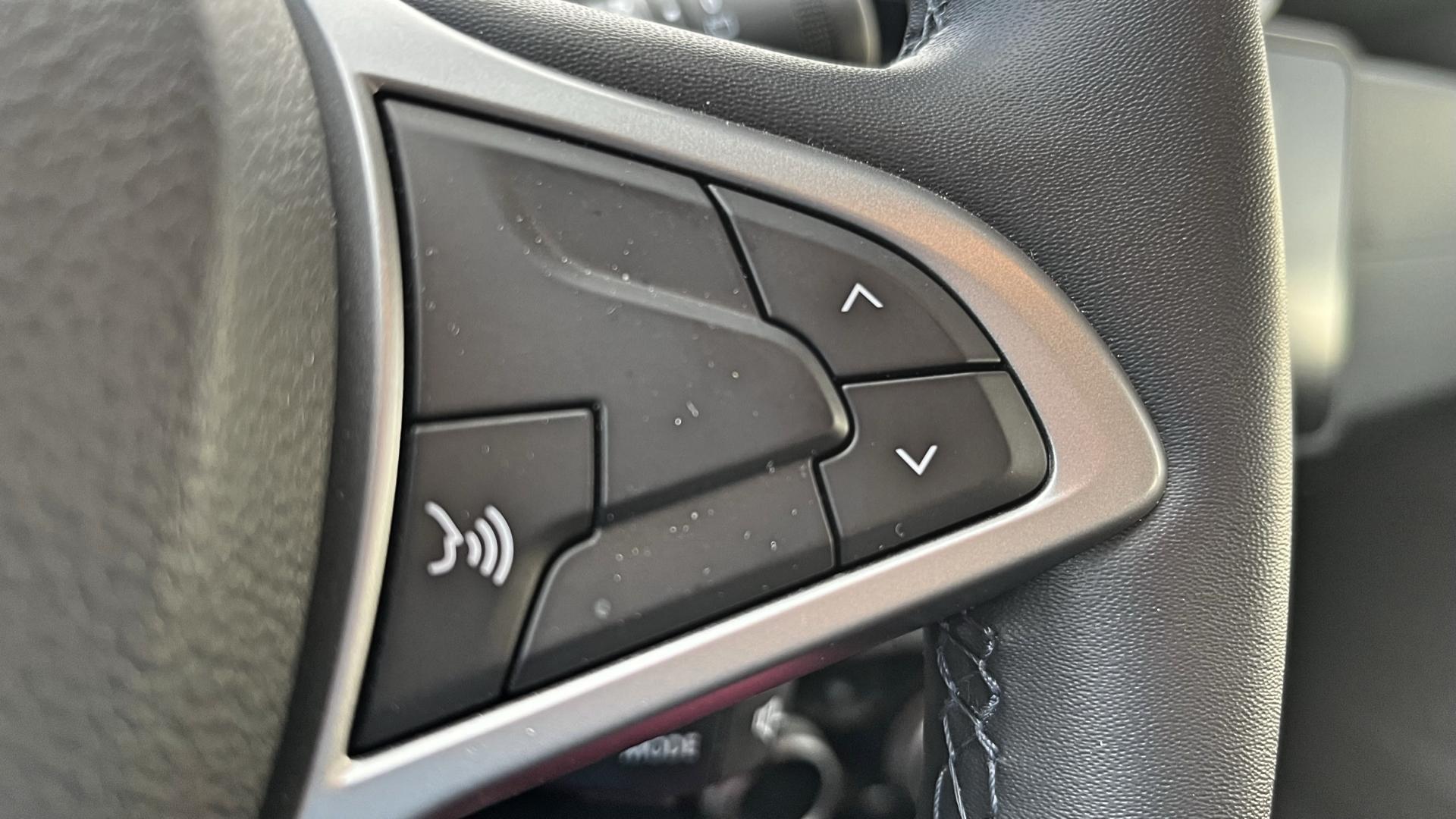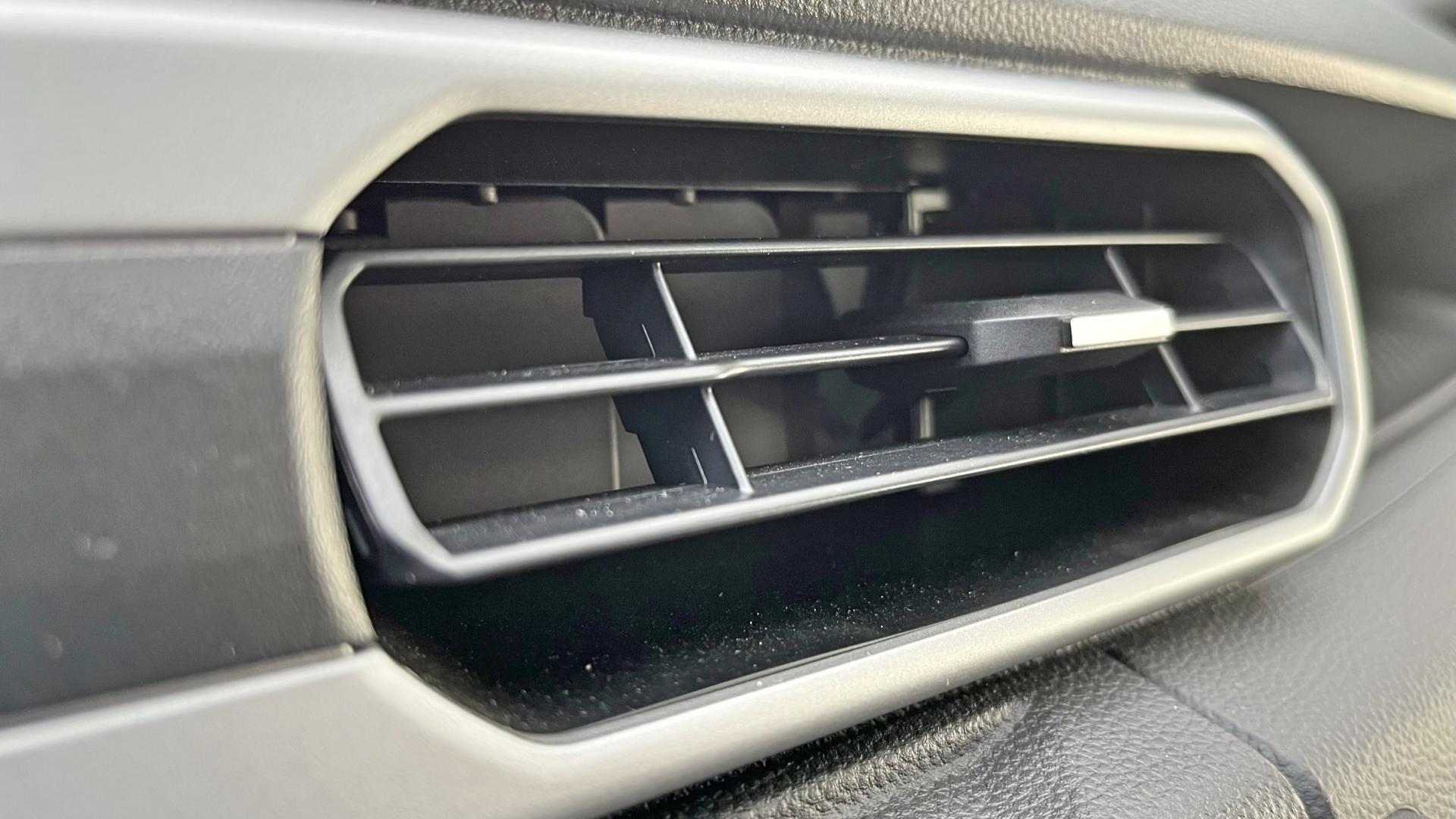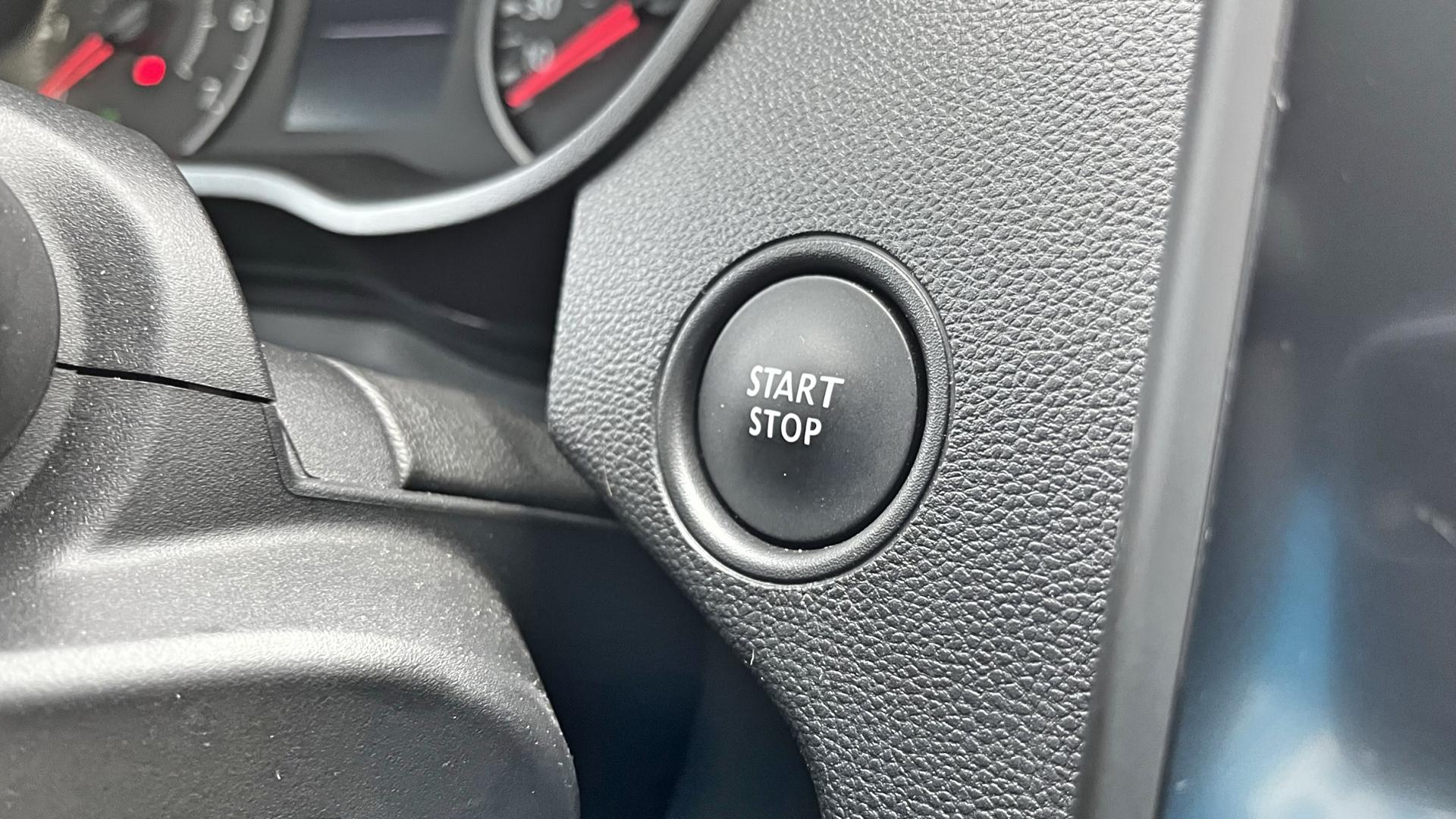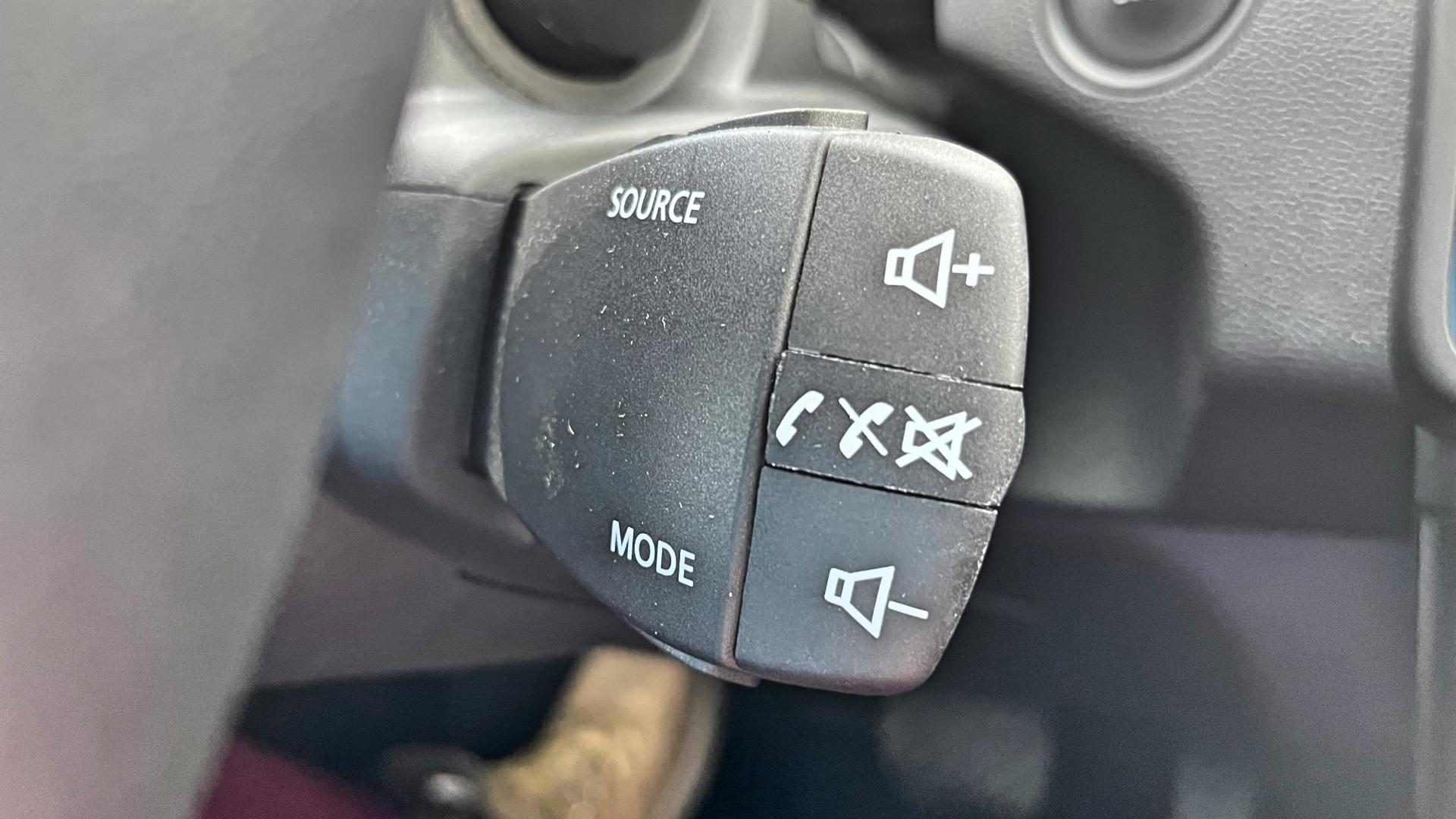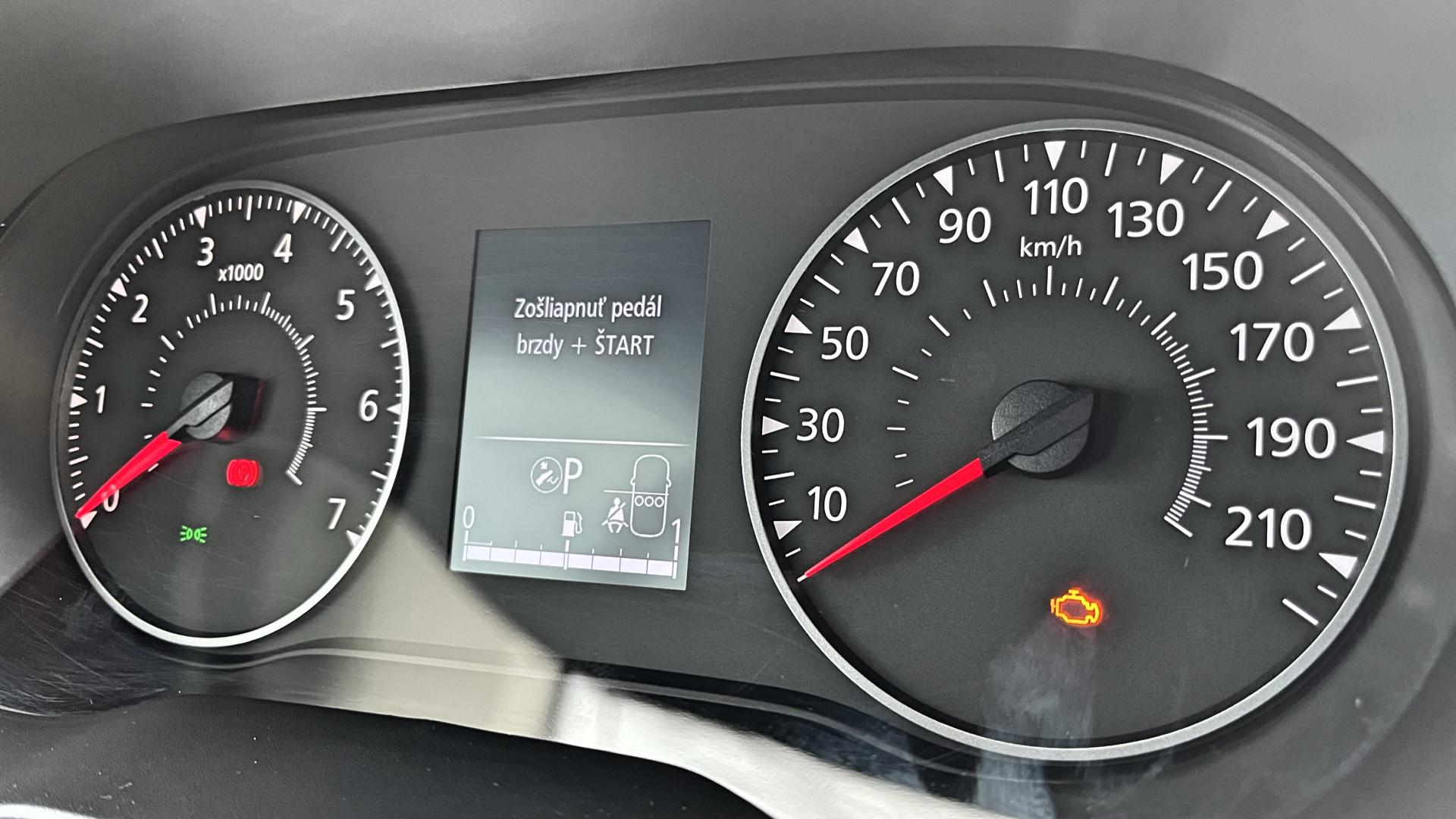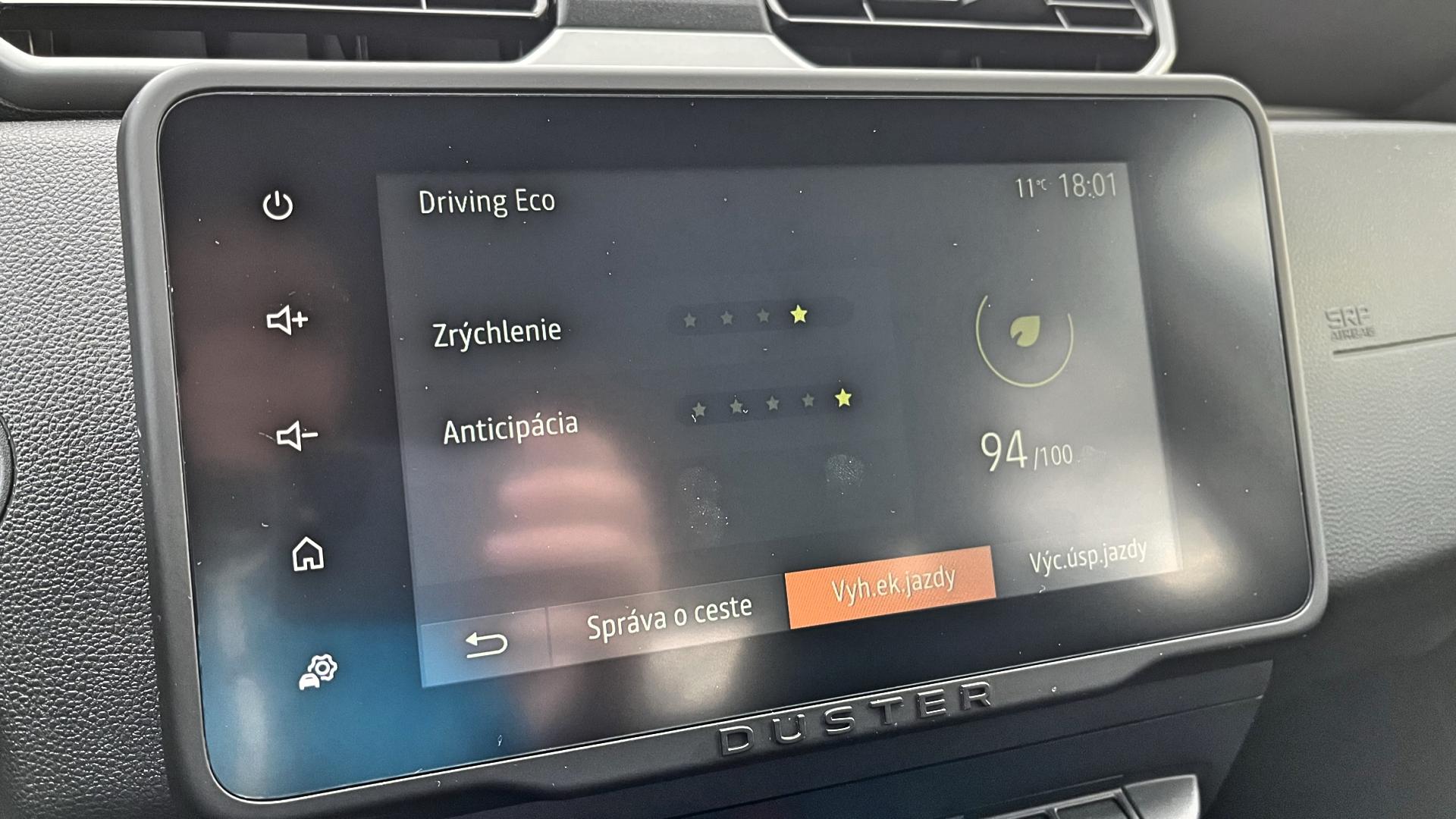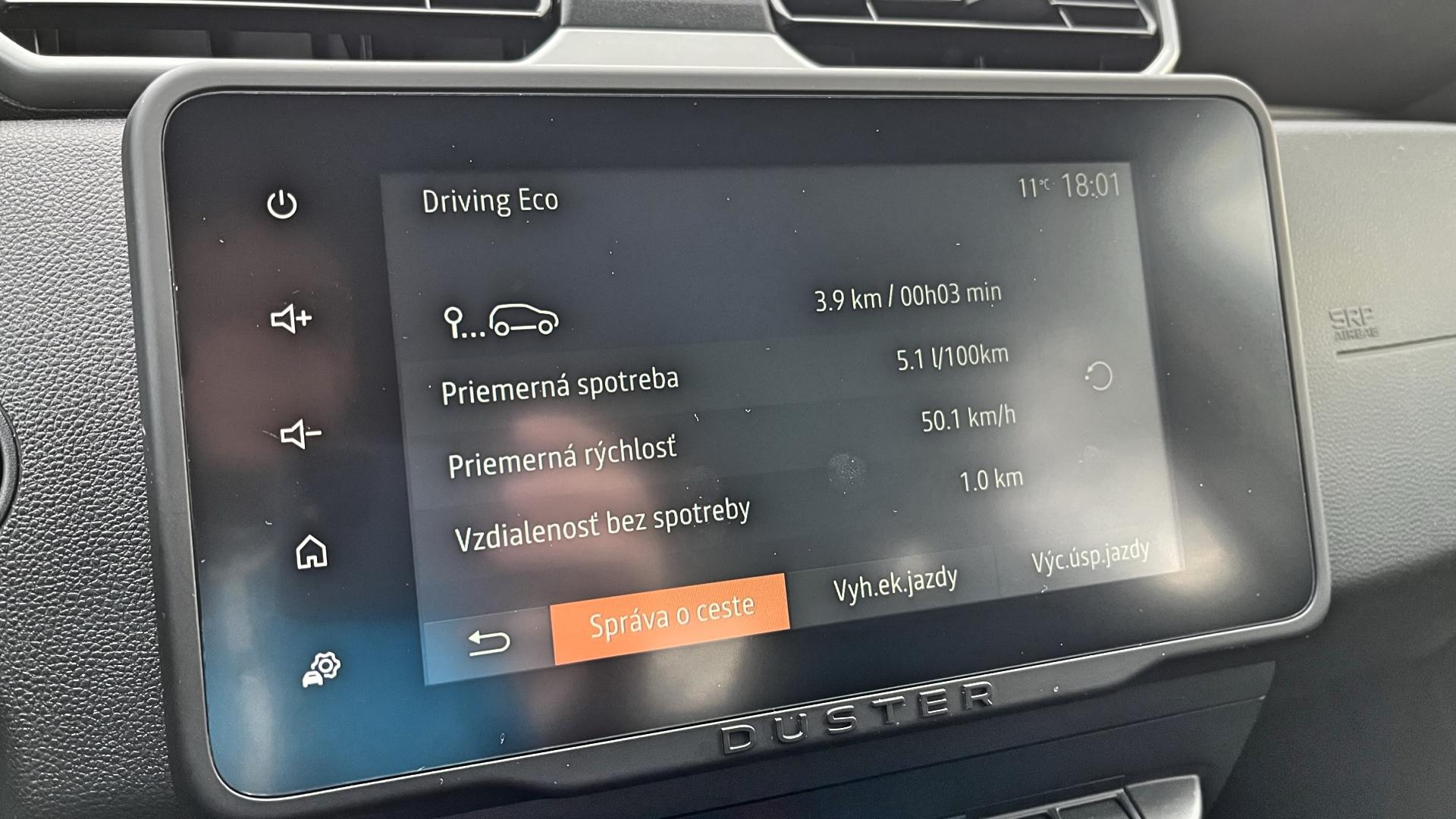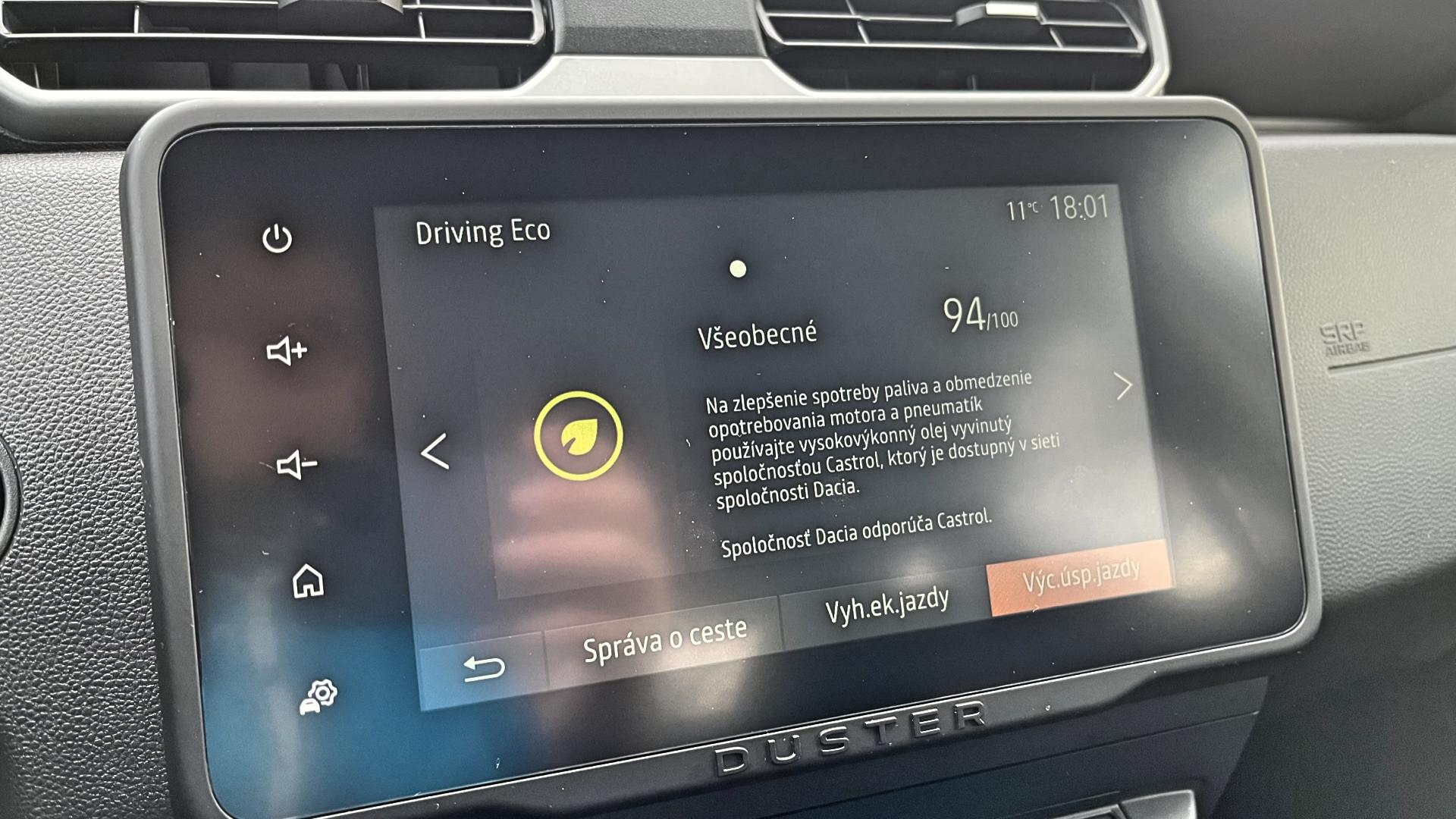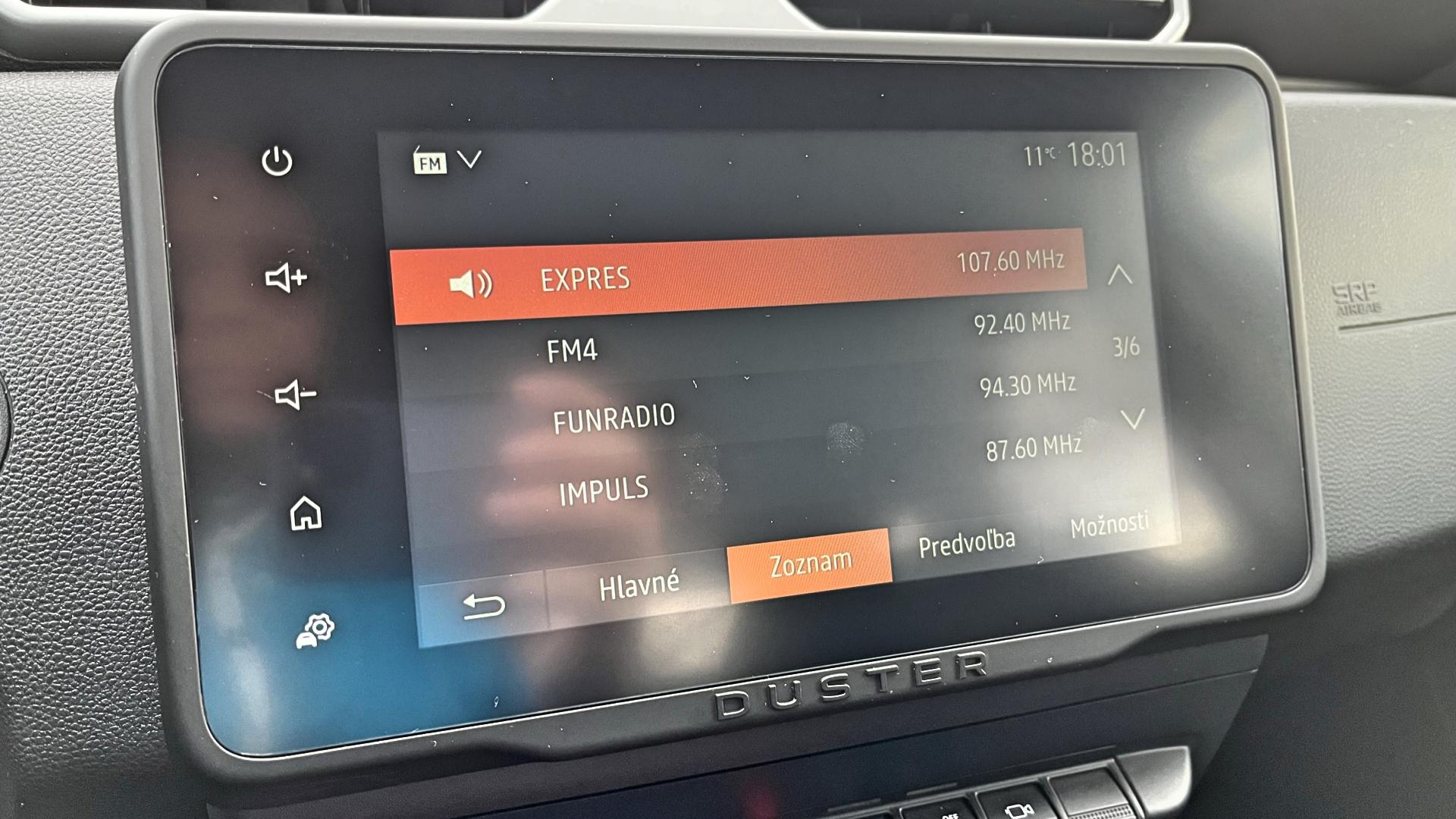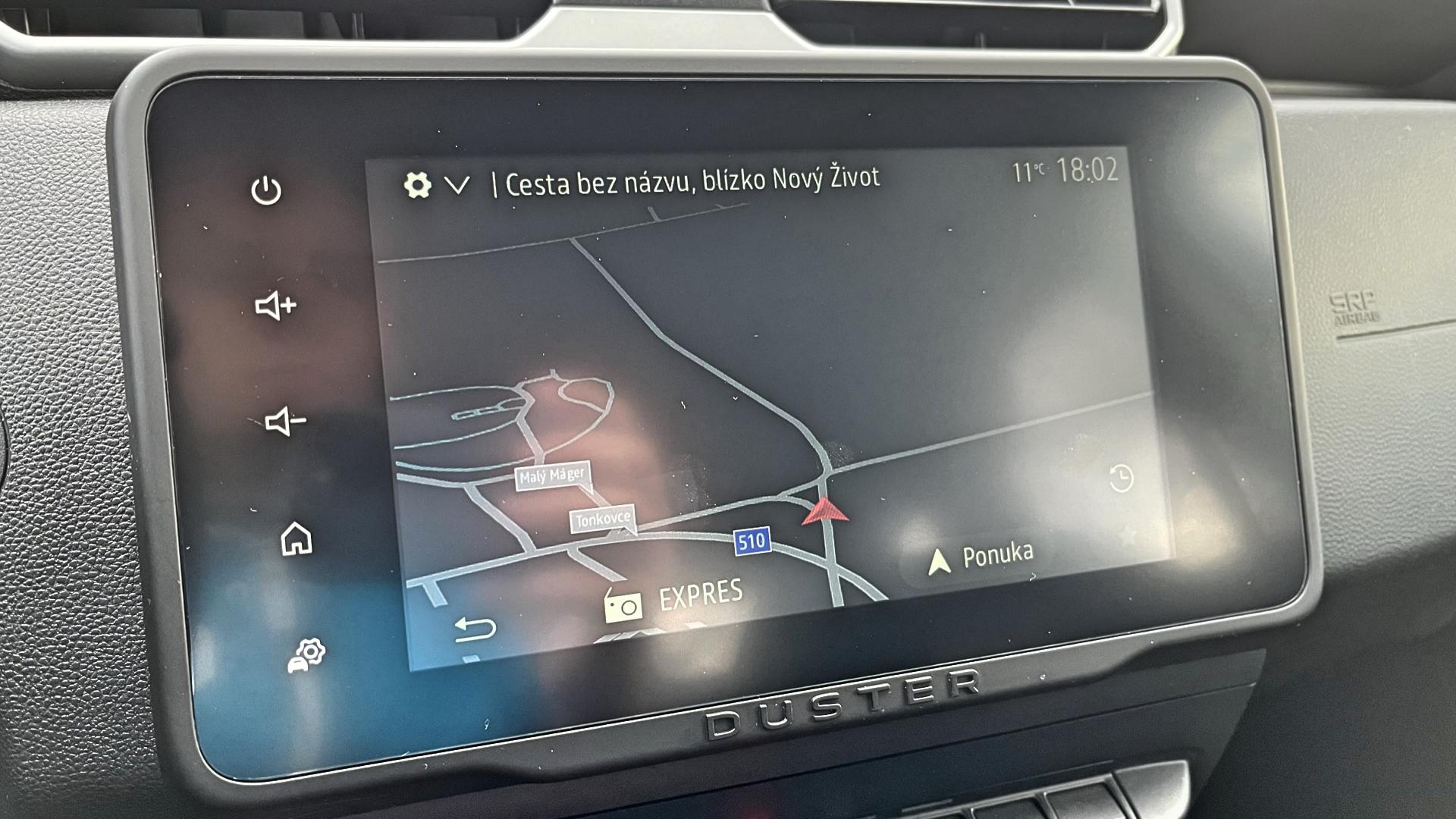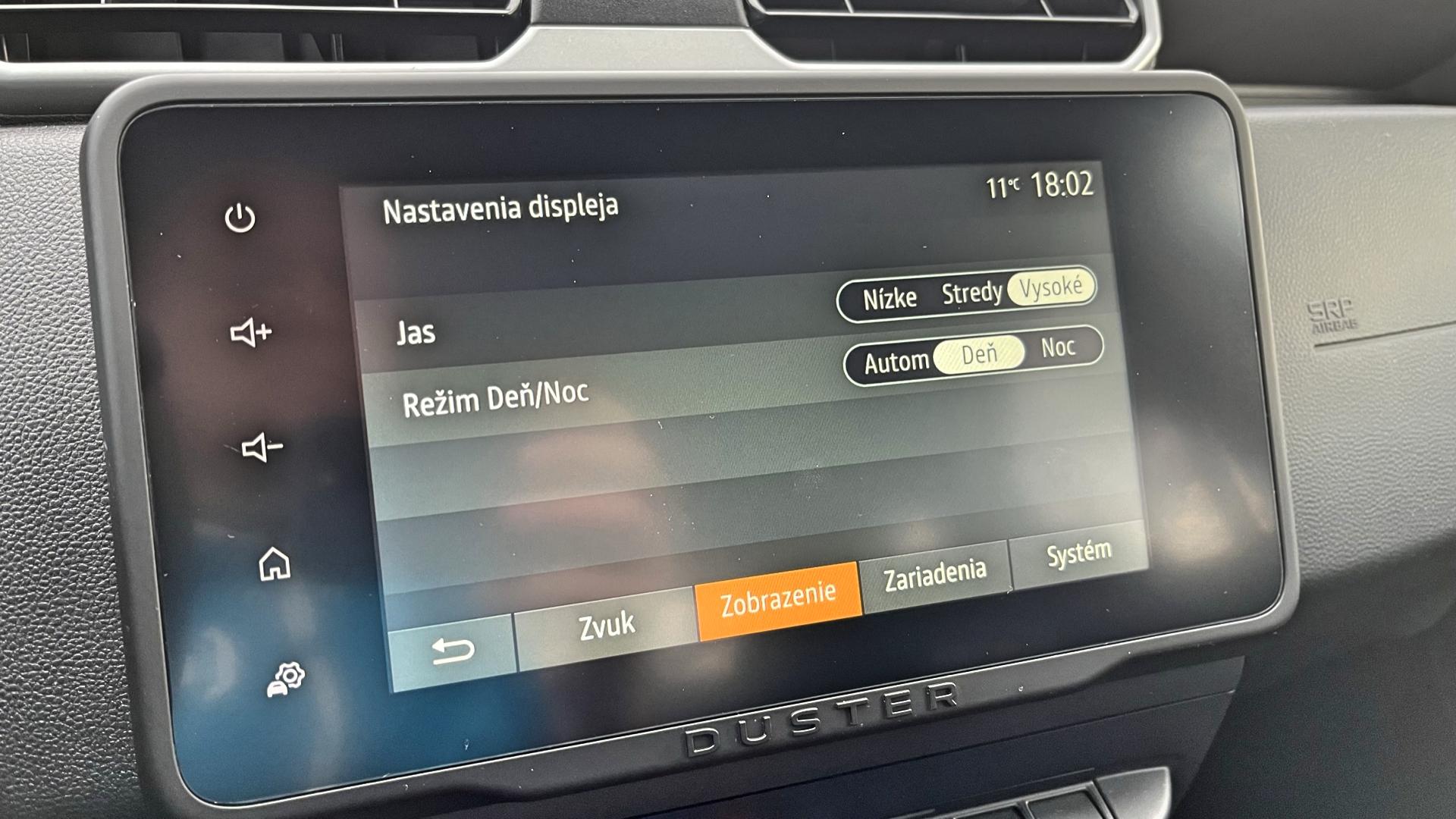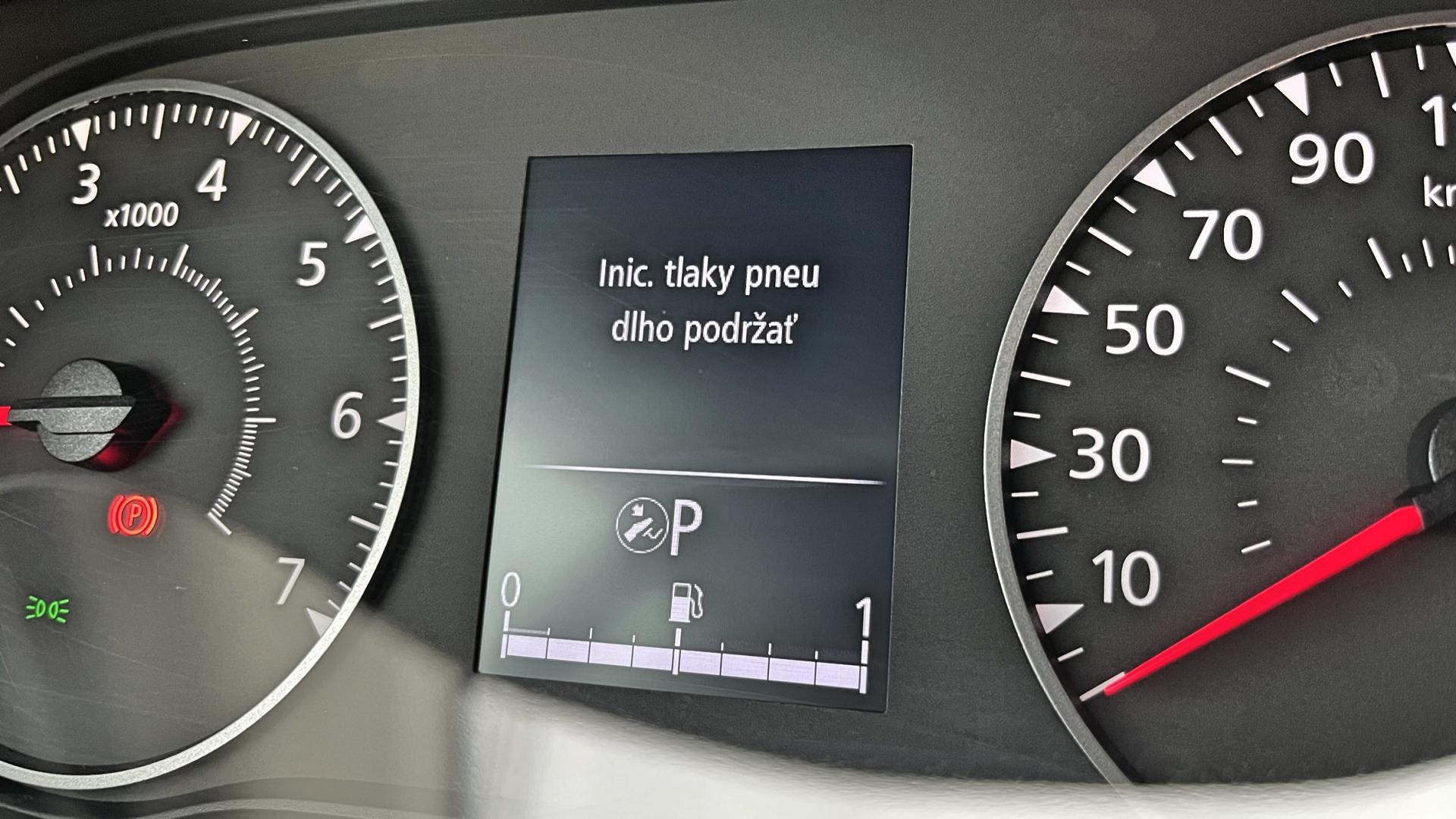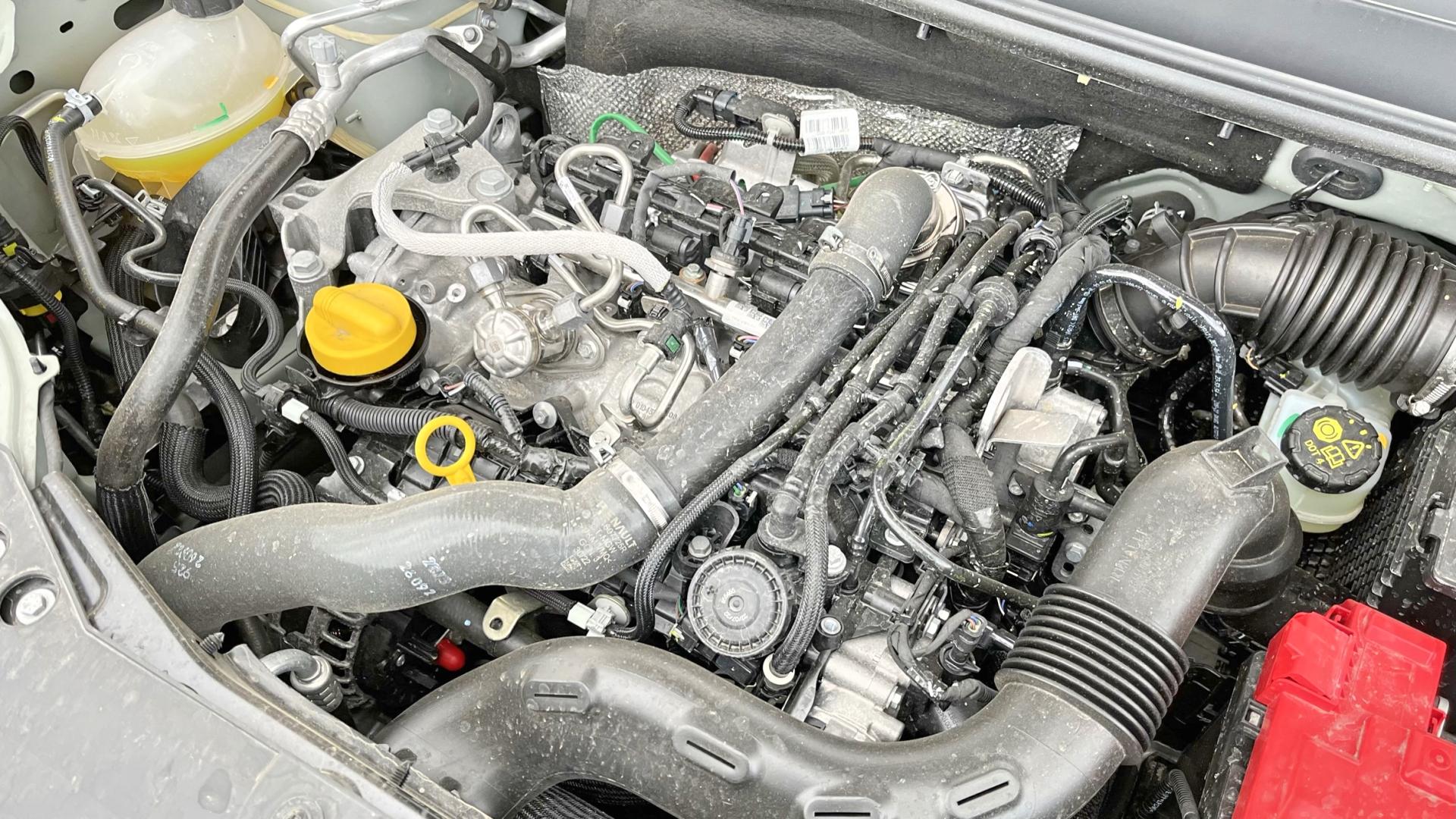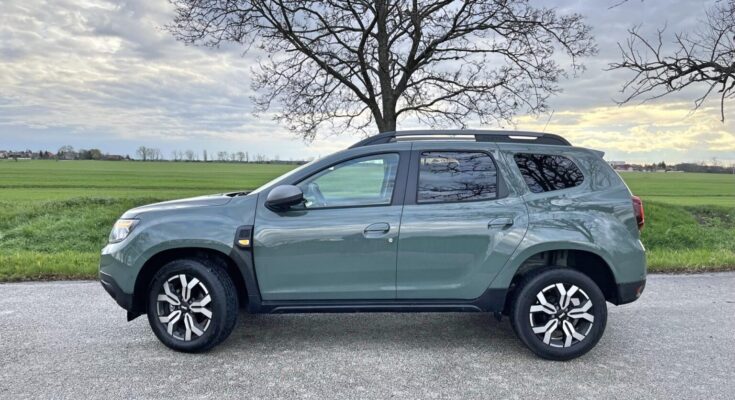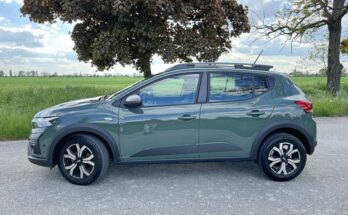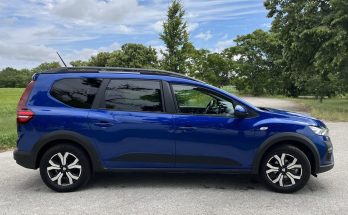Apparently the latest facelift of a very popular SUV was one we couldn’t miss. Is the latest derivative of the Dacia Duster still such a great car and can it still offer an unbeatable price/performance ratio?! Let’s find out…
So here we have the very latest Duster to test, which some time ago received another in a series of upgrades. This was mainly due to a change in the carmaker’s logo and so we tested the most powerful version, the TCe 150, mated to an EDC dual-clutch gearbox and front-wheel drive only.
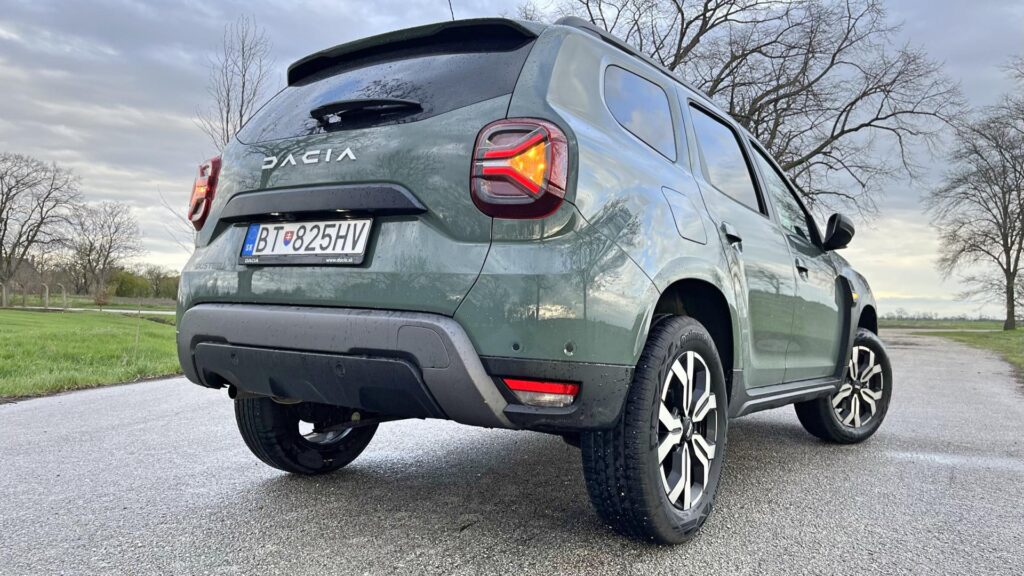
The Dacia Duster has always known how to offer a lot of real music for little money. It’s actually a pretty simple car that’s usually bought in some of the basic trim levels, and so there’s probably never been anything to go wrong with it. Engines were proven basic powerplants from the Renault concern and gearboxes simpler manuals from the same workshop.
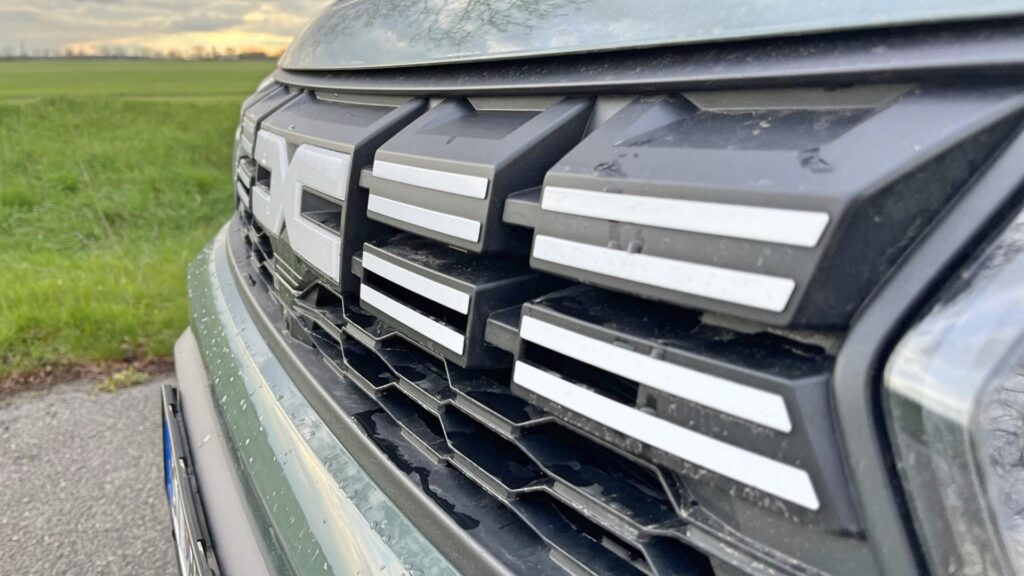
Some time ago, Dacia decided to change its logo and make it more modern. It started in promotional materials, continued through showrooms and eventually made its way to the cars. So these have been going to customers with the new logos for a week now. The Romanian carmaker has replaced its original classic crest with the stylised letters DC, which can be found on the radiator grille and on the centre wheel caps. In the interior and on the rear, on the other hand, the DACIA lettering stands out proudly. It’s modern, it’s pretty and on the face of it, the new logo adds to the prestige of the car.
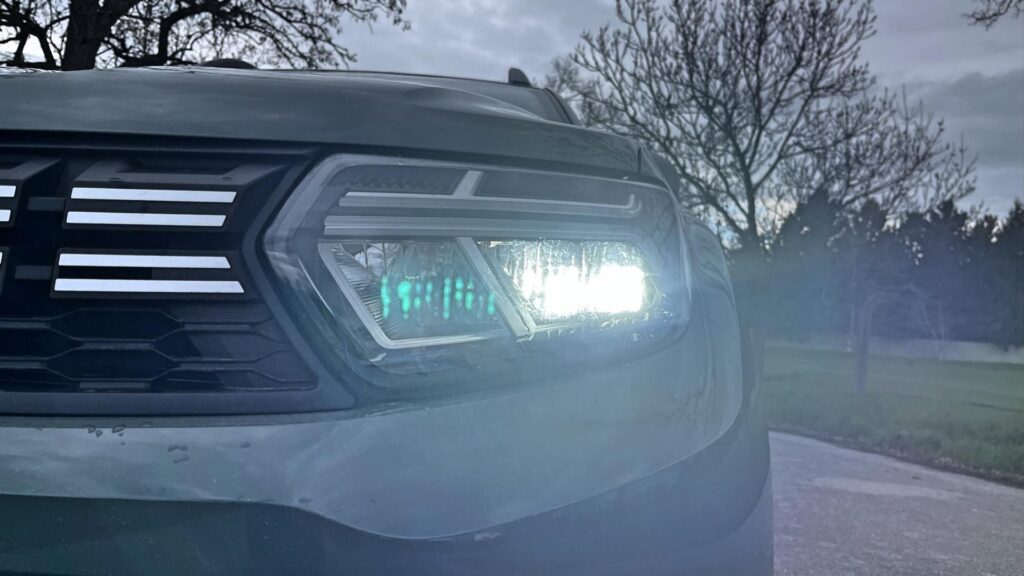
As far as upgrades go, the lights in particular have undergone a change. It’s more of a technological evolution and thus the turn signals and front turn signals are now LED. The bulbs have remained only in the main-beam headlamps. Another, less visible change is the under-engine cover, which is now made of plastic rather than sheet metal. The Duster’s A-pillars are a little more angled for aerodynamics and airflow, and the car hasn’t lost the typical power pose thanks to the pulled-up fenders and copious use of plastics. On the outside of the Duster, everything is otherwise pretty much the same as before, with more changes on the inside.
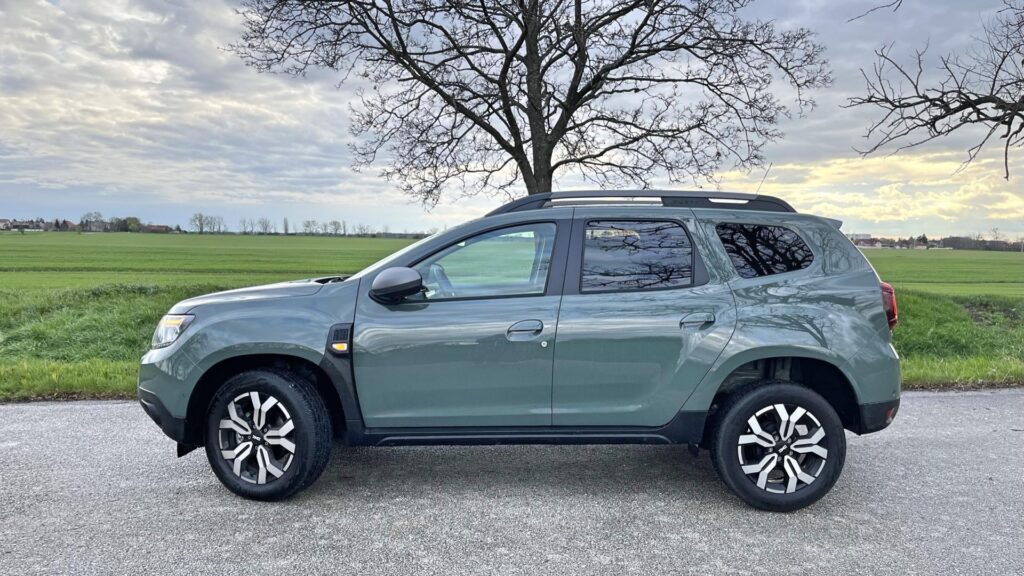
The cabin gets a revised dashboard with new wider and longer, horizontally positioned air-conditioning vents. These replace the original retro round vents that the Duster has carried since the first generation. Otherwise, nothing else has changed here; the touchscreen is original, as is the instrument cluster and all the controls. There’s no point even looking for soft plastics and, on the other hand, this is what most customers are completely unconcerned about.
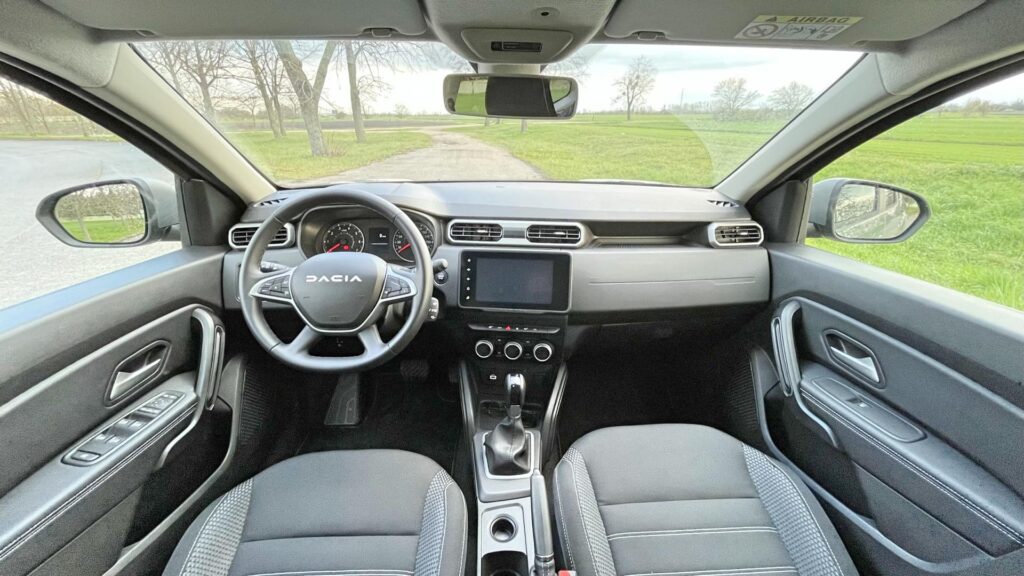
So the Duster has hard plastics, but not poor quality ones, and I appreciate the lack of glossy surfaces. I can safely describe the seating as acceptably comfortable and firmer, which is fine for longer journeys. A little uncomfortable, however, is the minimum seat height and so those somehow over 185cm will have a bit of a problem with forward vision and through the more sloping side pillars. I would imagine the ideal position would be at least 5cm lower…
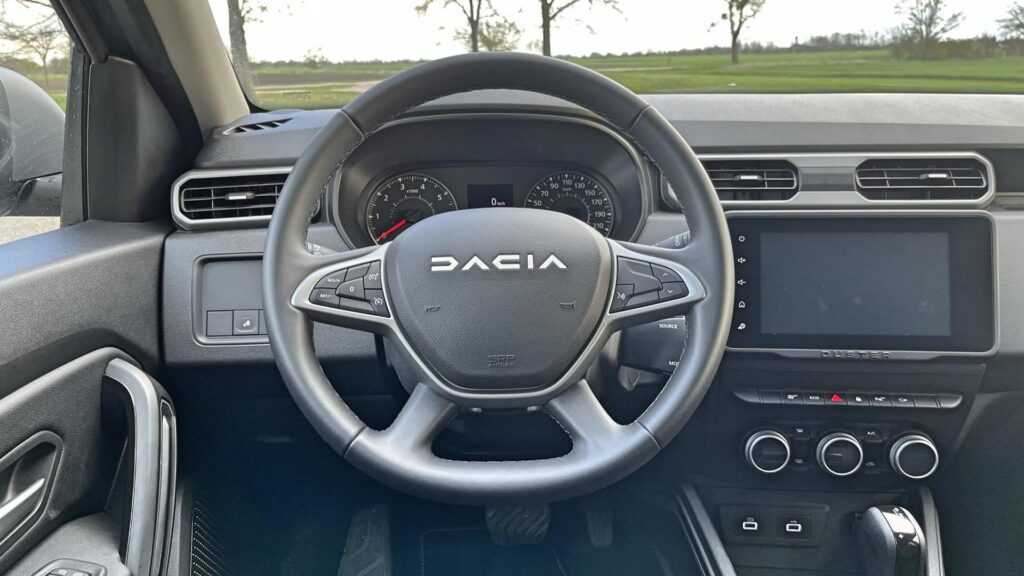
The infotainment has also undergone a change, through which it is now also possible to set some of the vehicle’s basic functions. In addition, it can also do wireless Apple CarPlay, and of course it goes over the wire if you need to charge your smartphone at the same time, since there was apparently no budget for some wireless charging here. Two more charging ports are also available for rear seat passengers. There’s absolutely no extra charge in the Journey trim.
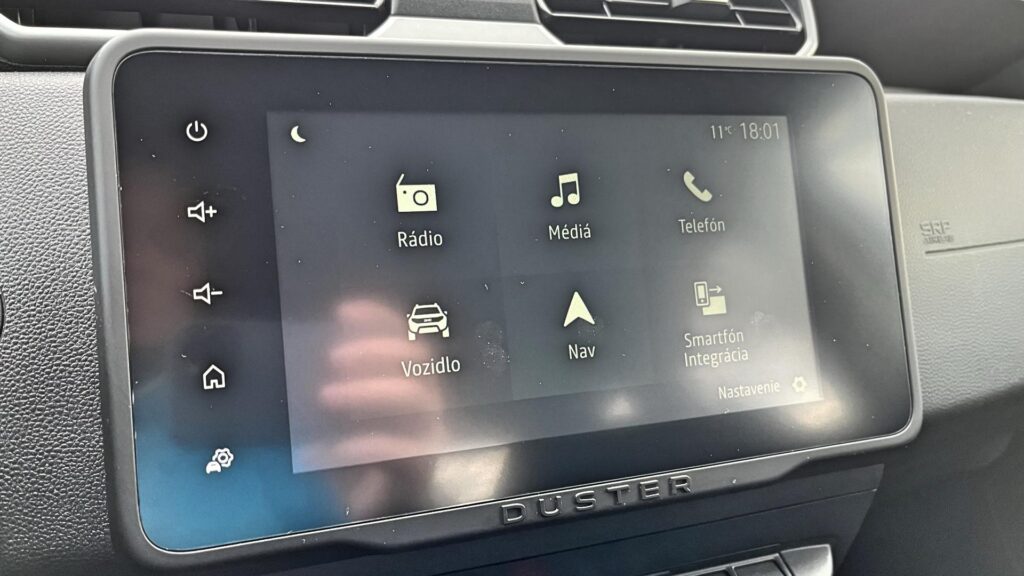
The one complaint I have is about the performance and tuning of the automatic air conditioning. It’s been a long time since I’ve had to adjust the temperature quite often during each drive. Although the temperature outside didn’t change too much, once in automatic mode with the setting set to 21°C the crew was too warm, after a while it was too cold. The air conditioner was constantly alternating between blowing hot and completely cool air and so I’m not sure if this is some glitch in the software setup or if it’s just how it’s supposed to work. However, if the front seat crew is still cold, they can use the heated seats, but they can be either on or off and the intensity cannot be adjusted.

For four passengers, the Dacia Duster is a big enough car and both the front seats and the rear seats offer plenty of space. Quite a bit of cargo can also fit in the boot, which has a basic volume of 478 litres. The rear seat backs can be folded down to create a small step, but the volume increases to 1,478 dm³ (litres are not specified by the manufacturer).
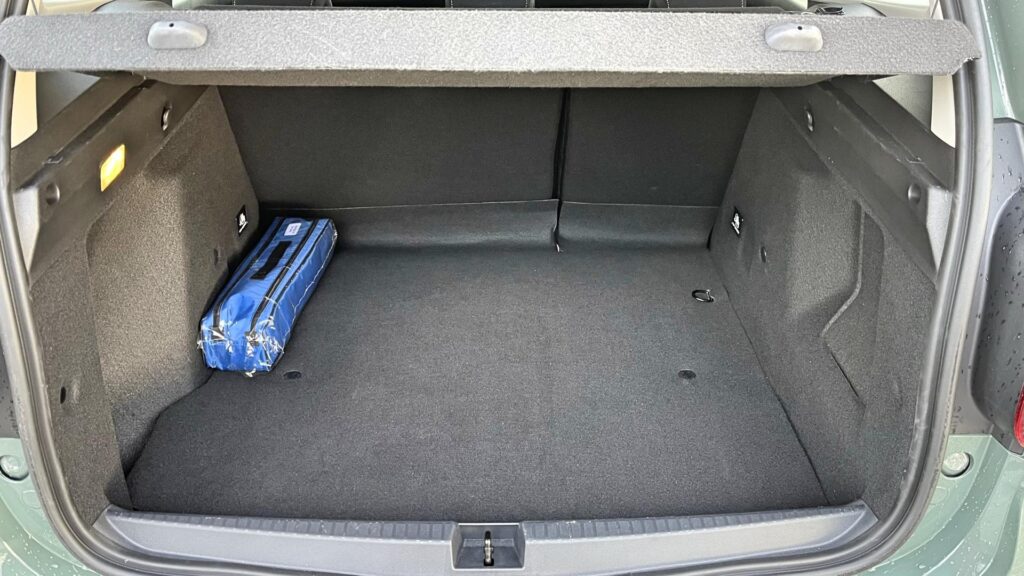
Fortunately, Dacia hasn’t tweaked the engine line-up too much as part of this latest upgrade, so it’s still being sold with a pure petrol engine, a petrol/LPG combo, and a diesel engine as well. What’s more, it still offers four-wheel drive, which is available with the Blue dCi 115 diesel version or the most powerful TCe 150 petrol version, but only with manual gearbox.
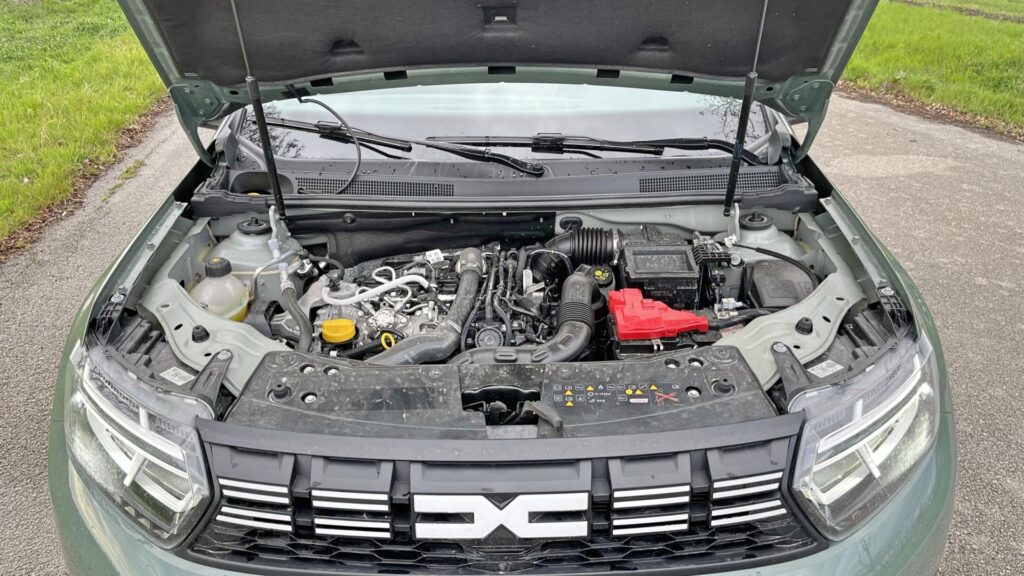
You can also choose an automatic or dual-clutch gearbox, but this is only on offer for the most powerful petrol, but unfortunately it can’t be paired with all-wheel drive. You either have a four-wheel drive or an automatic, the two don’t go together. Too bad.
So the TCe 150’s engine is a classic, 1.3-litre turbocharged petrol four-cylinder. Its power output is 110kW (150bhp) at 5250-6000rpm and torque peaks at 250Nm in the 1700-3250rpm range. The Duster rolls from 0 to 100km/h in 9.7 seconds and the top speed is electronically limited to “only” 180km/h. So the dynamics are certainly not bad and the Duster’s performance on the road surprises a lot of other drivers, who certainly don’t expect such dynamics from the Duster. Duster is quite a lightweight and for example, on the exit from the village “wipes out” many egos of the owners of more luxurious brands.

The older EDC 6-speed dual-clutch gearbox takes care of shifting here, and you can still shift manually by moving the gear selector if you’d like. The gear shifting scheme here is even correct – forward you downshift, reverse you upshift. You’d look in vain for steering-wheel paddles here, though, and perhaps that’s not a bad thing, as the gearbox itself is more in the slower category and certainly doesn’t perform as quickly as, say, Volkswagen’s DSG.
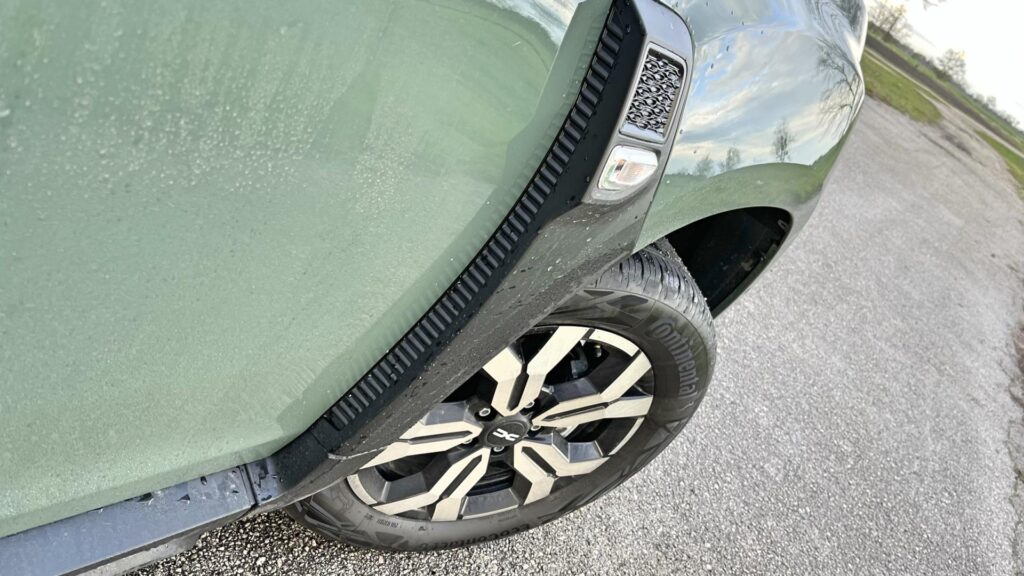
Inside, the Duster is pretty decently soundproofed, although more expensive competition is noticeably better. As long as you drive quietly, the gearbox keeps the engine at lower revs and the engine is relatively quiet. However, there are occasional chassis thumps that make their way into the cabin, but these are merely audible and you can’t really tell in terms of comfort. The chassis could be described as very floaty and comfortable. Plus, the Duster doesn’t care whether it’s driving on a quality road or our classic broken Slovakian road…
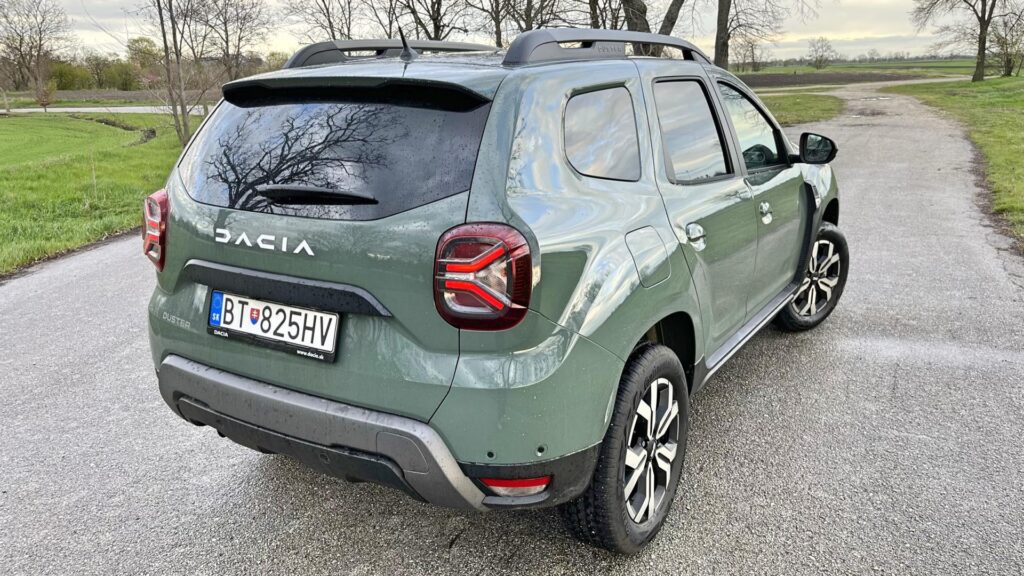
The Journey’s special features tested include 17-inch Tergan wheels, steep-slope assist, automatic climate control, front fog lights, cruise control, infotainment with Bluetooth and Apple CarPlay/Android Auto, tinted rear windows, blind-spot monitoring, navigation, a rear parking camera, and a faux-leather-wrapped steering wheel. So, it’s quite a lot and the importer has added a non-metallic “Dusty Green” colour (which looks perfect on the Duster), Multiview camera system (front, rear, 2 side cameras), hands-free card (on the base Extreme trim), heated seats and a spare wheel on the test piece.
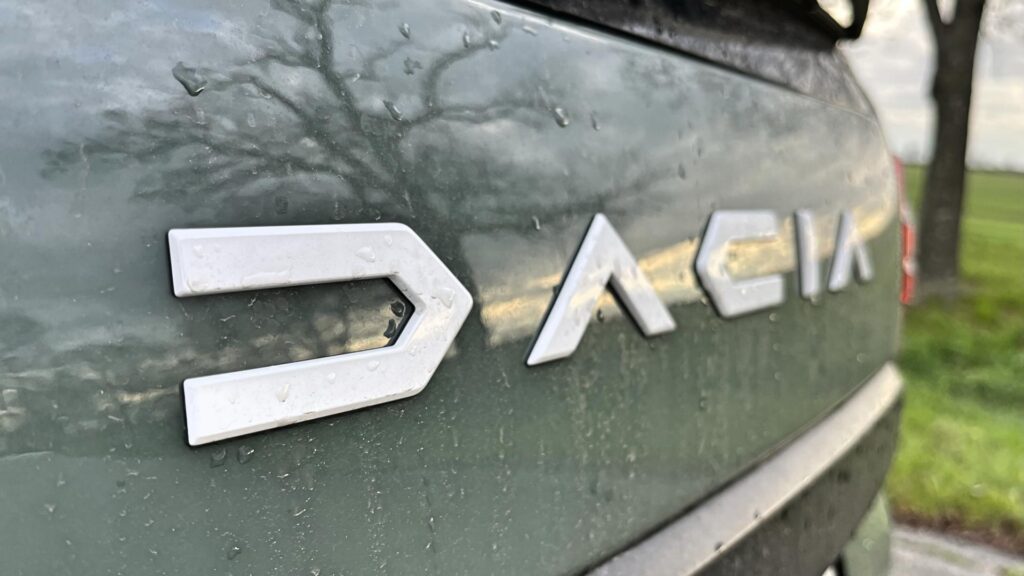
You can get the Dacia Duster Journey in base for as little as €19,390 and the price of the test car with all the options listed is just less than €1,300 higher (€20,680). For the money, it still makes quite a bit of sense, but it’s possible to hunt around for the cheaper options as well. On the other hand, if I were looking for the most powerful and equipped worker somewhere in the woods or at the cottage, which will be relatively cheap to acquire and maintain, I would go for exactly this equipment… but more likely with a manual and 4×4. However, for the city and tarmac, the 4×2 version with automatic is just right…
